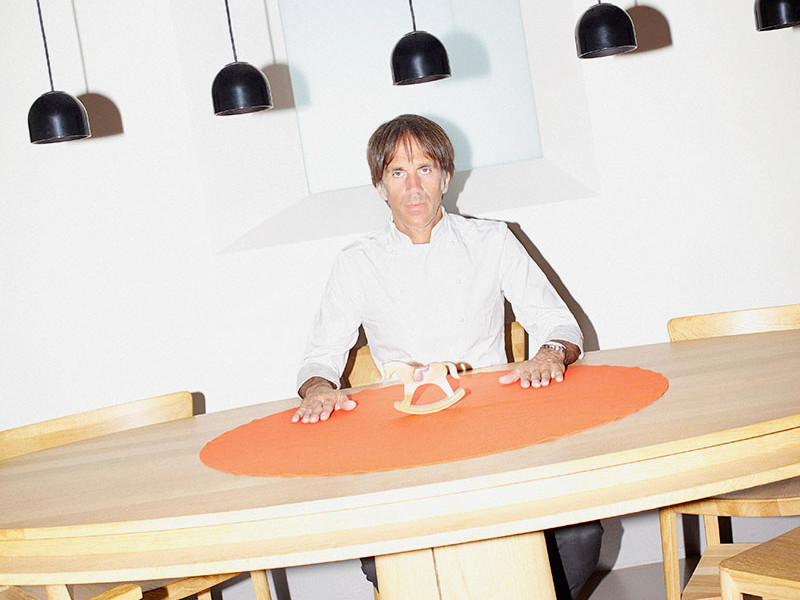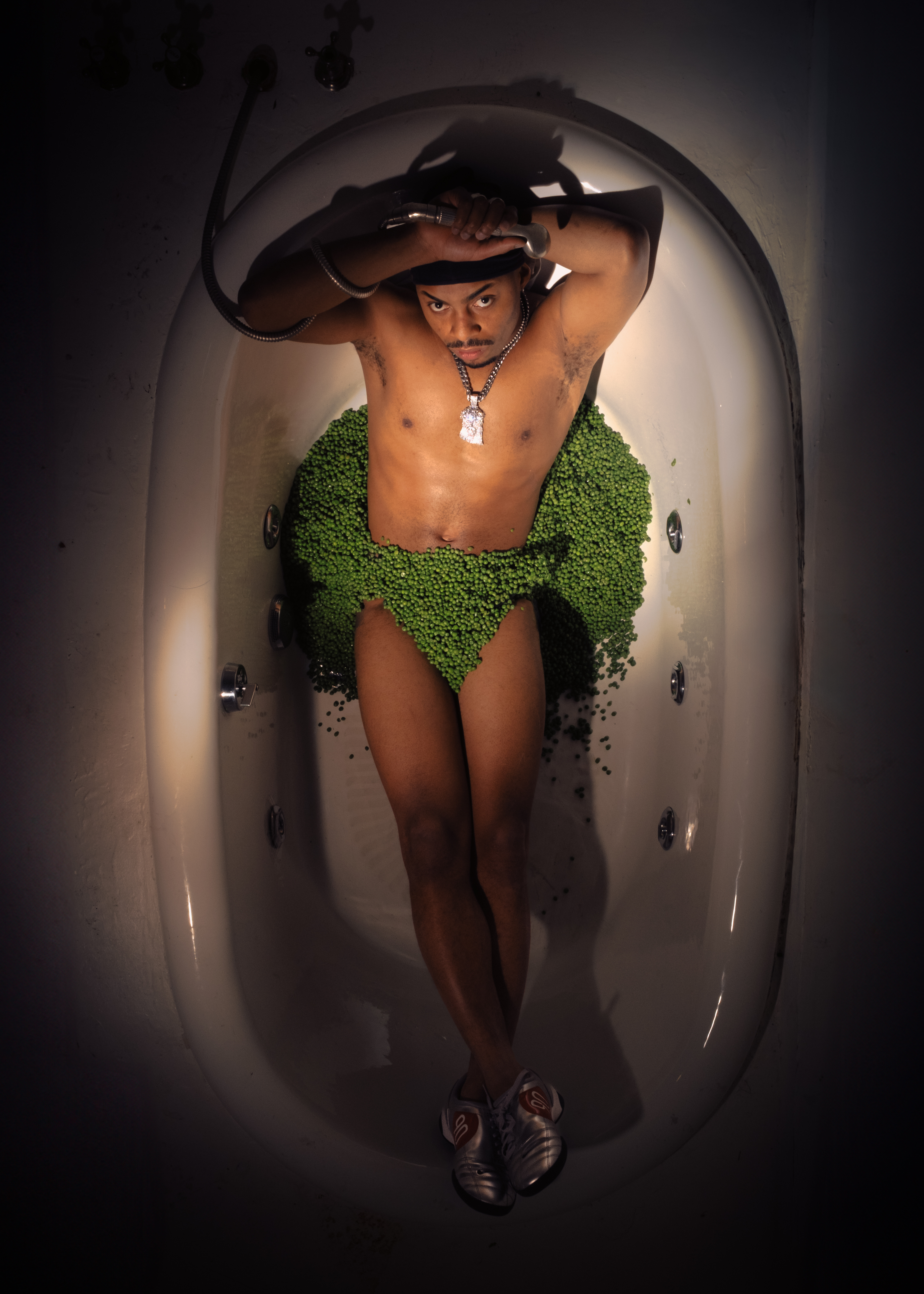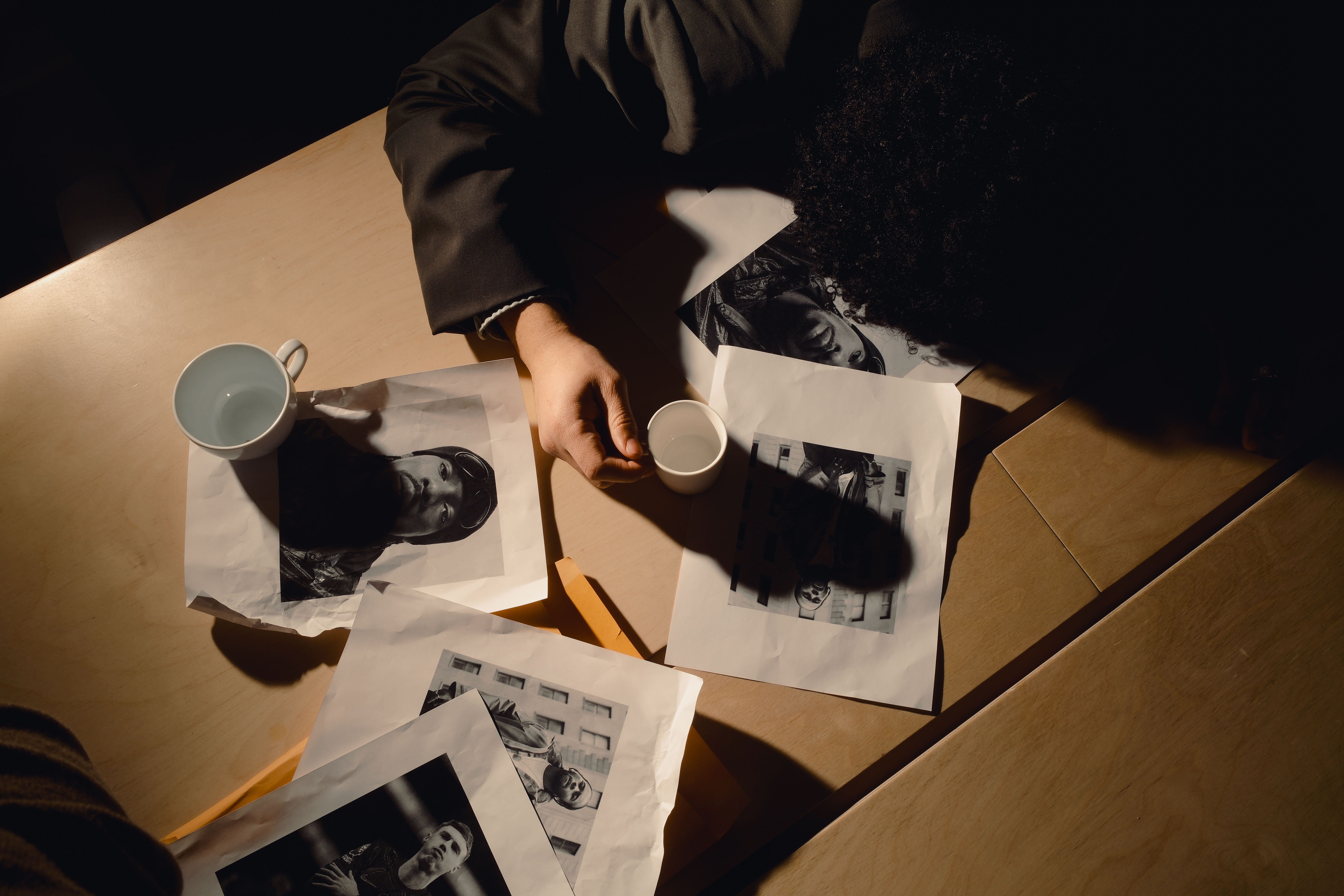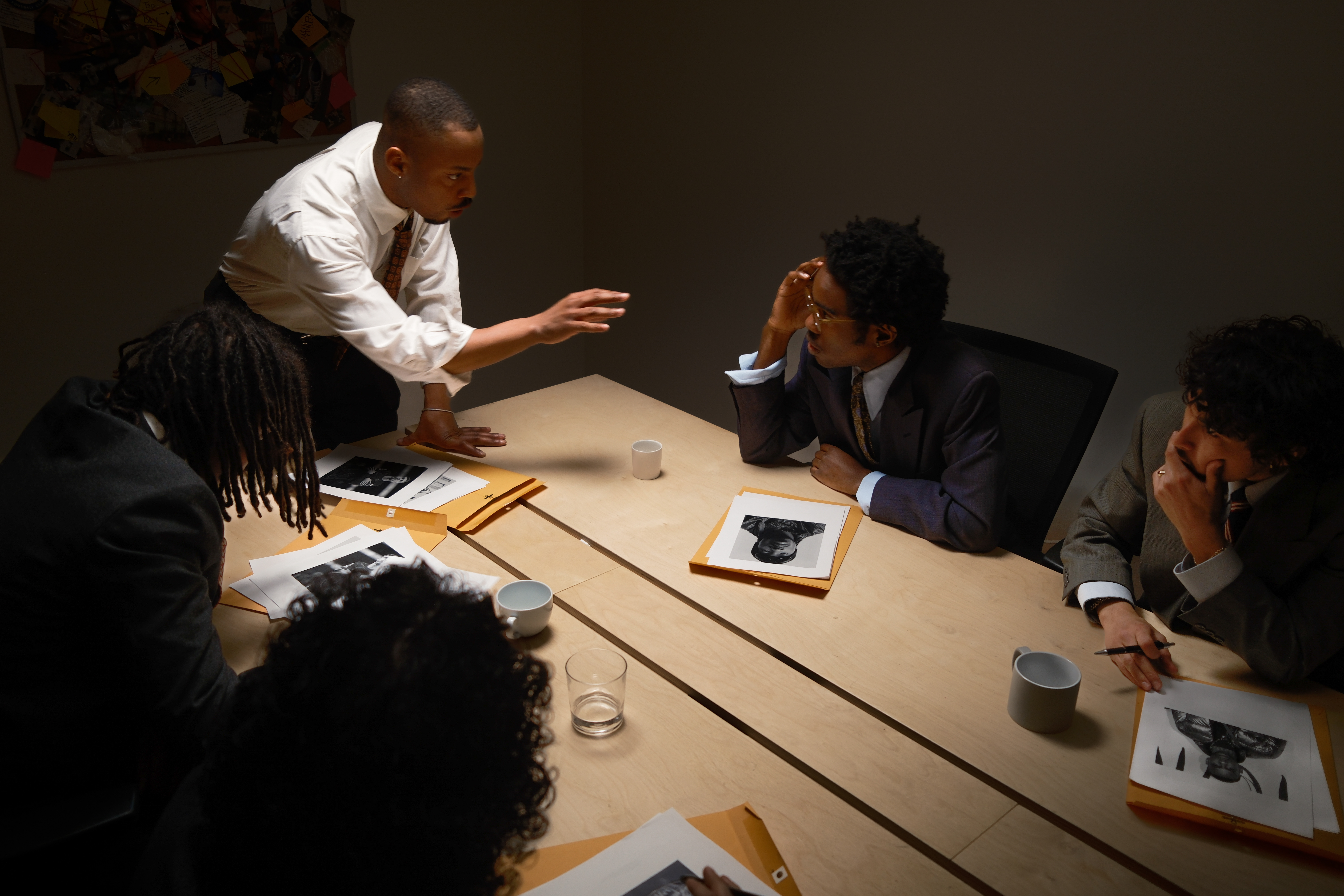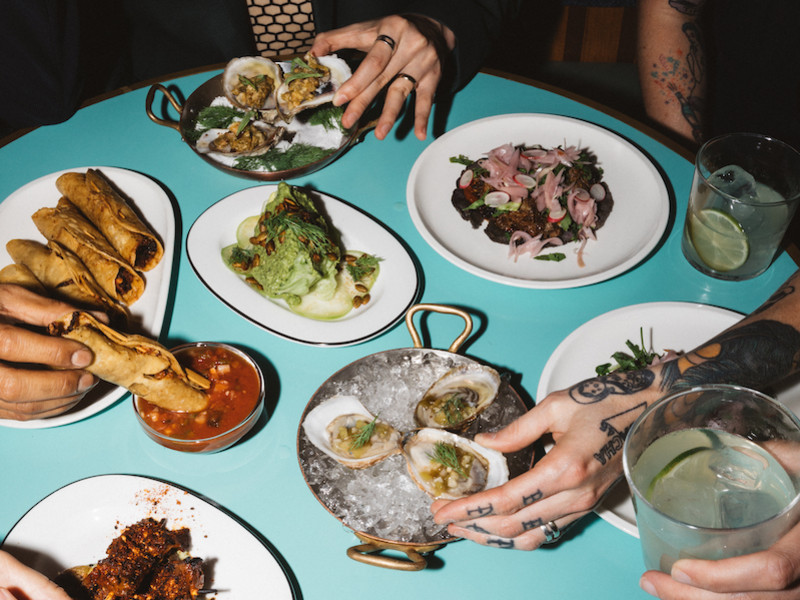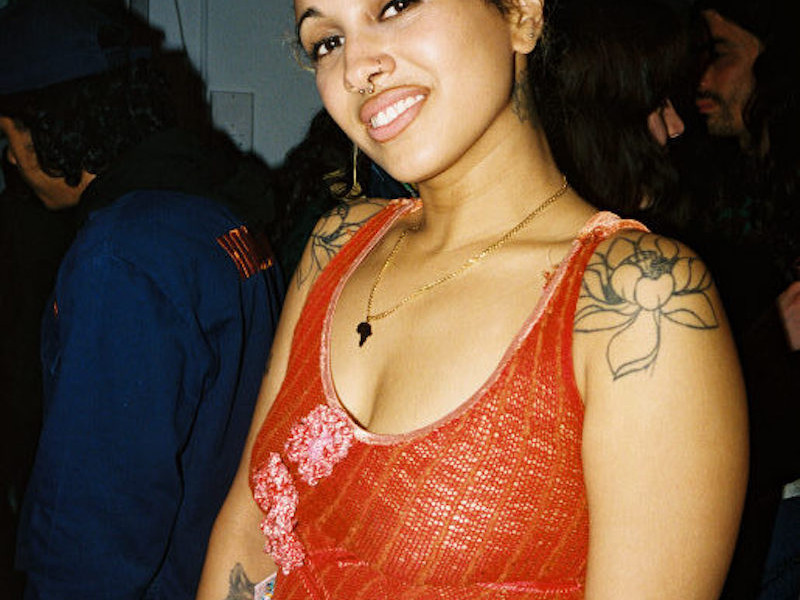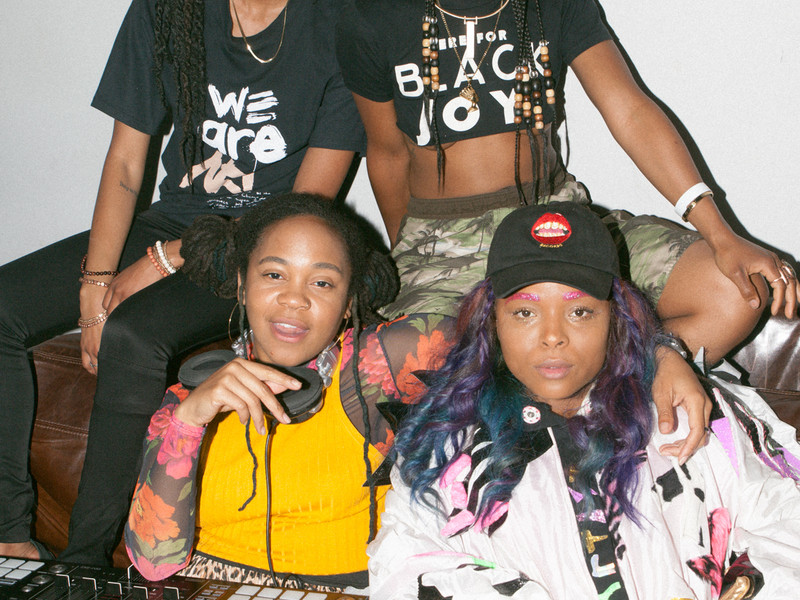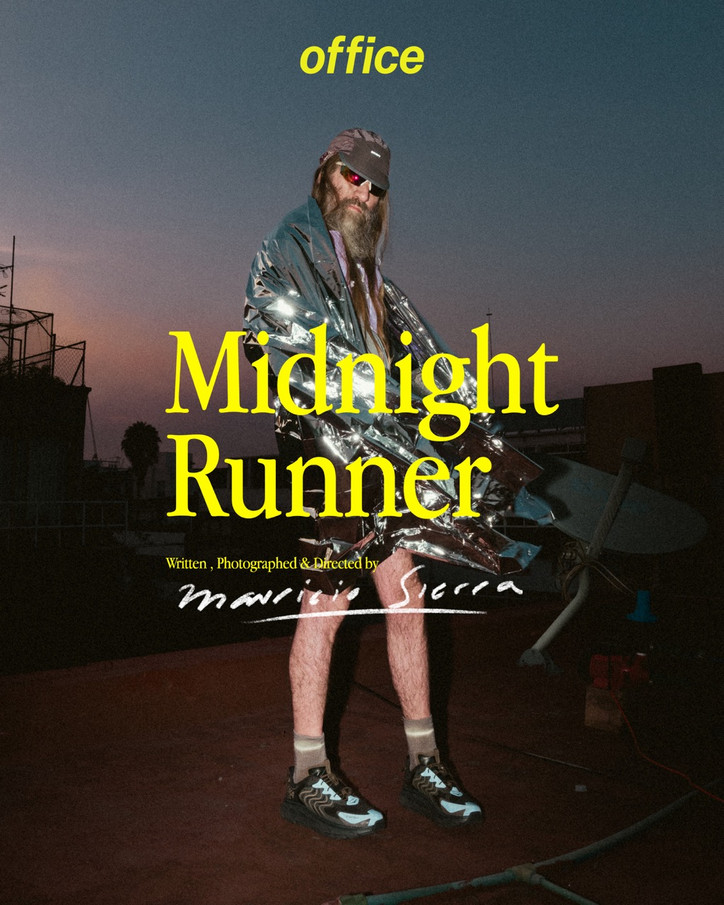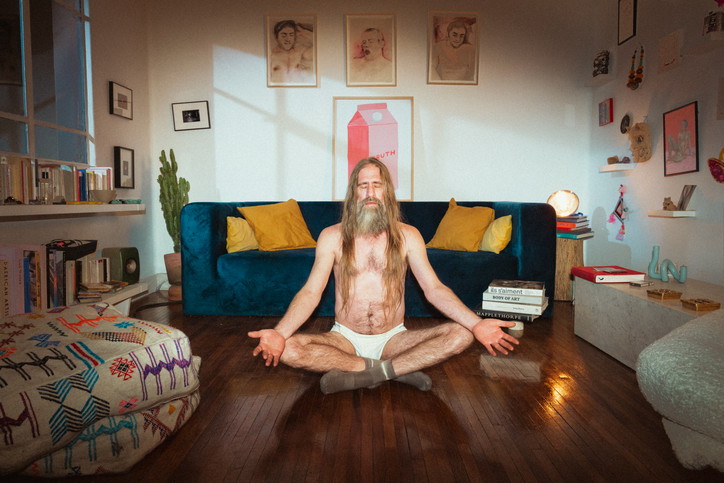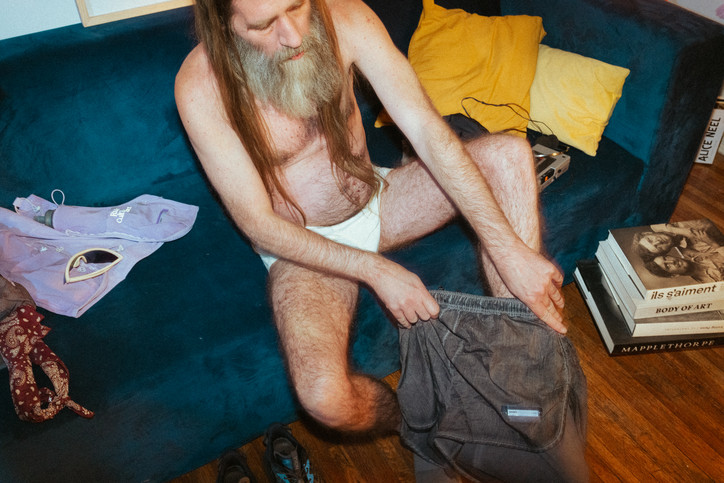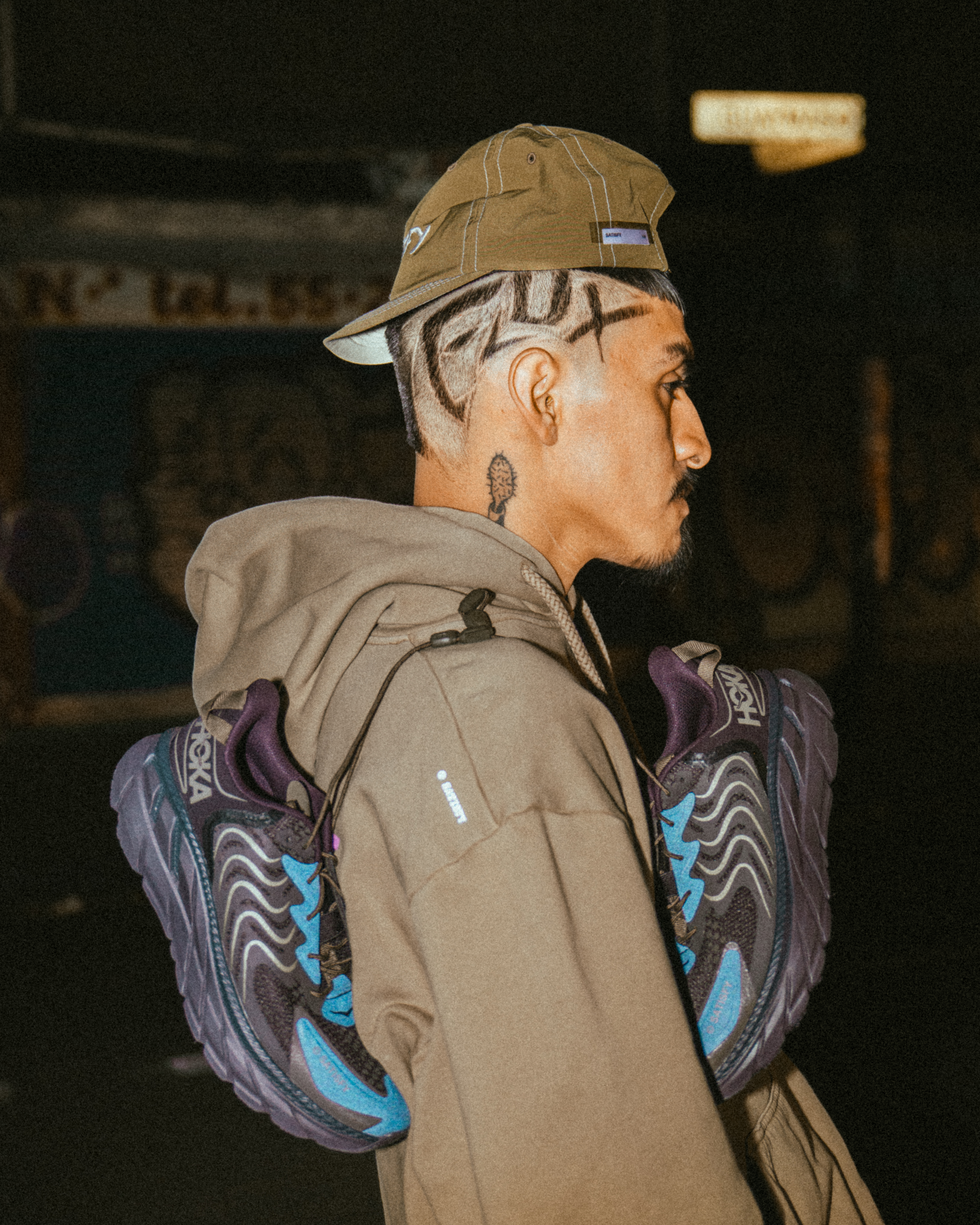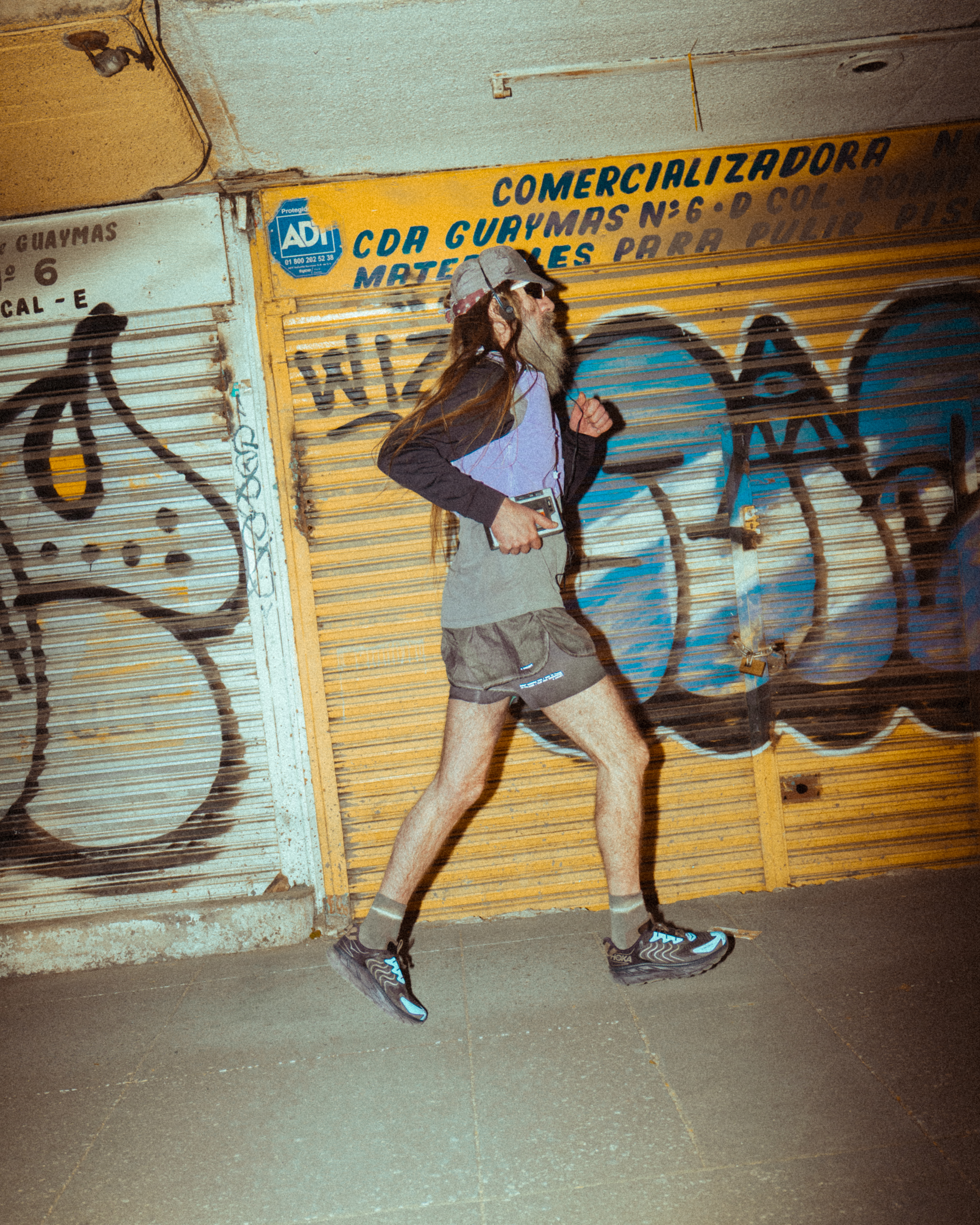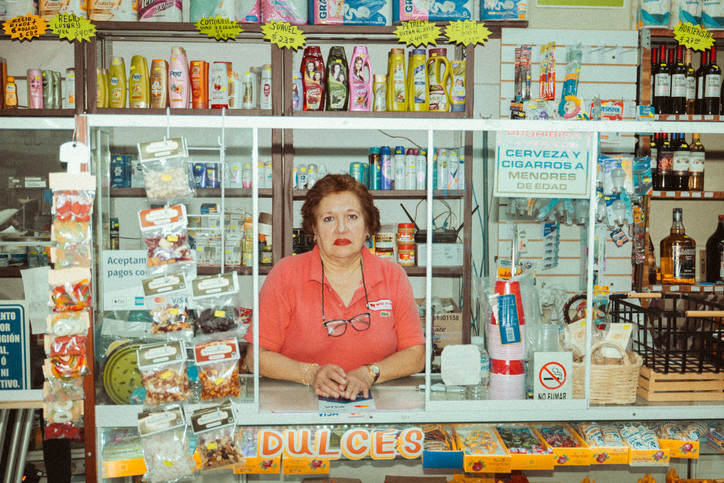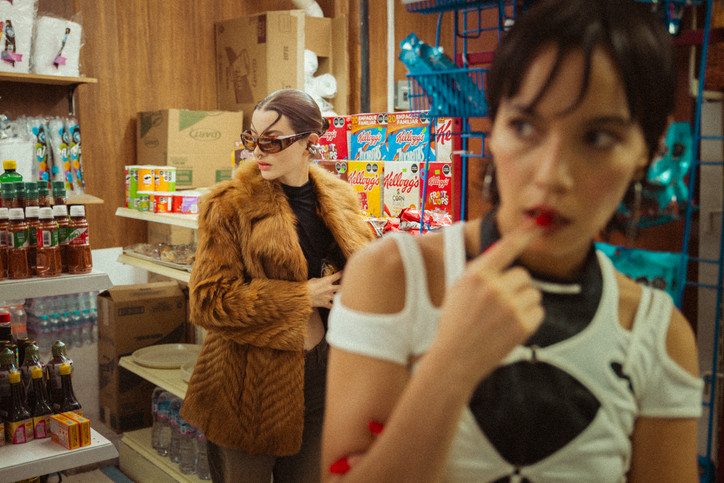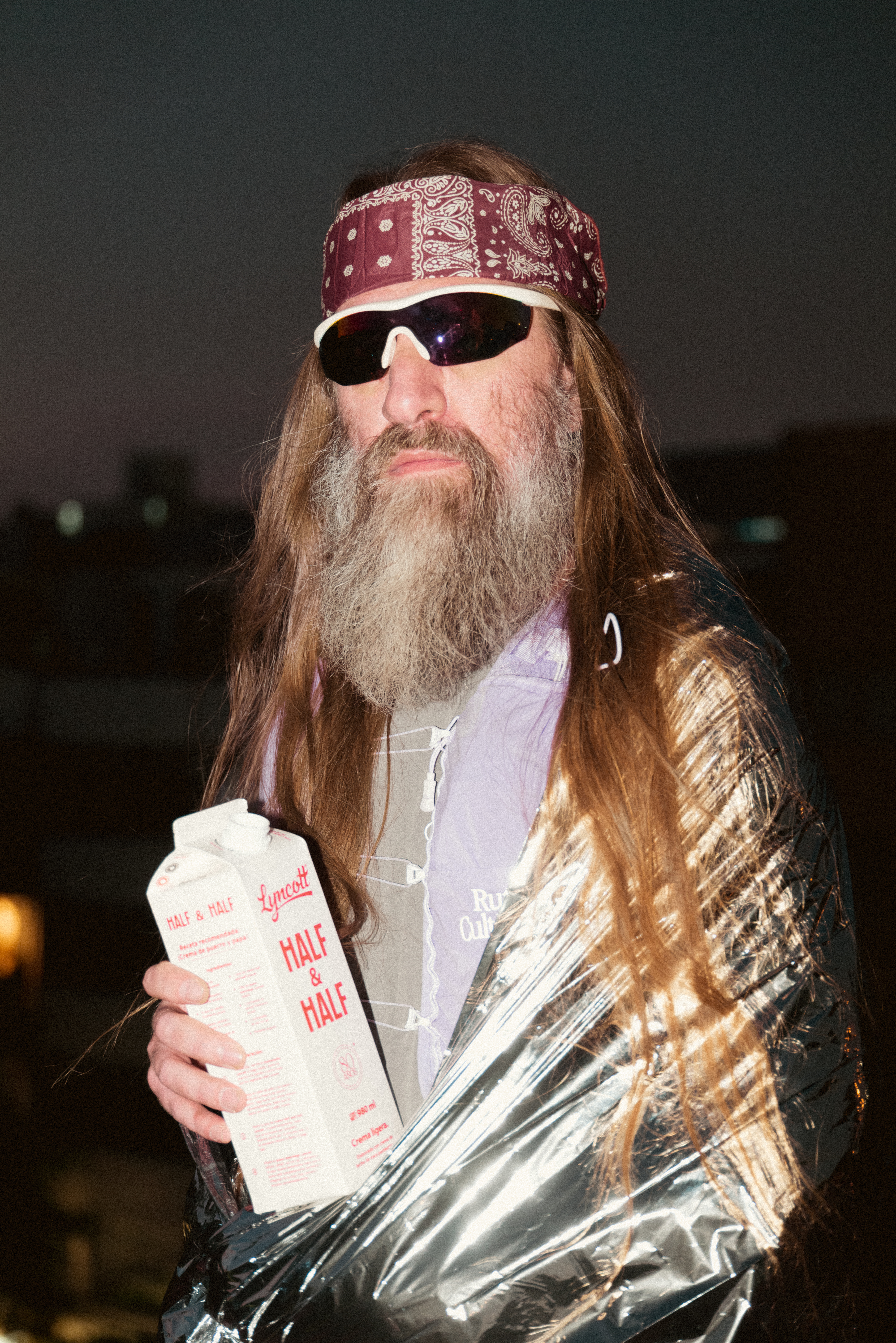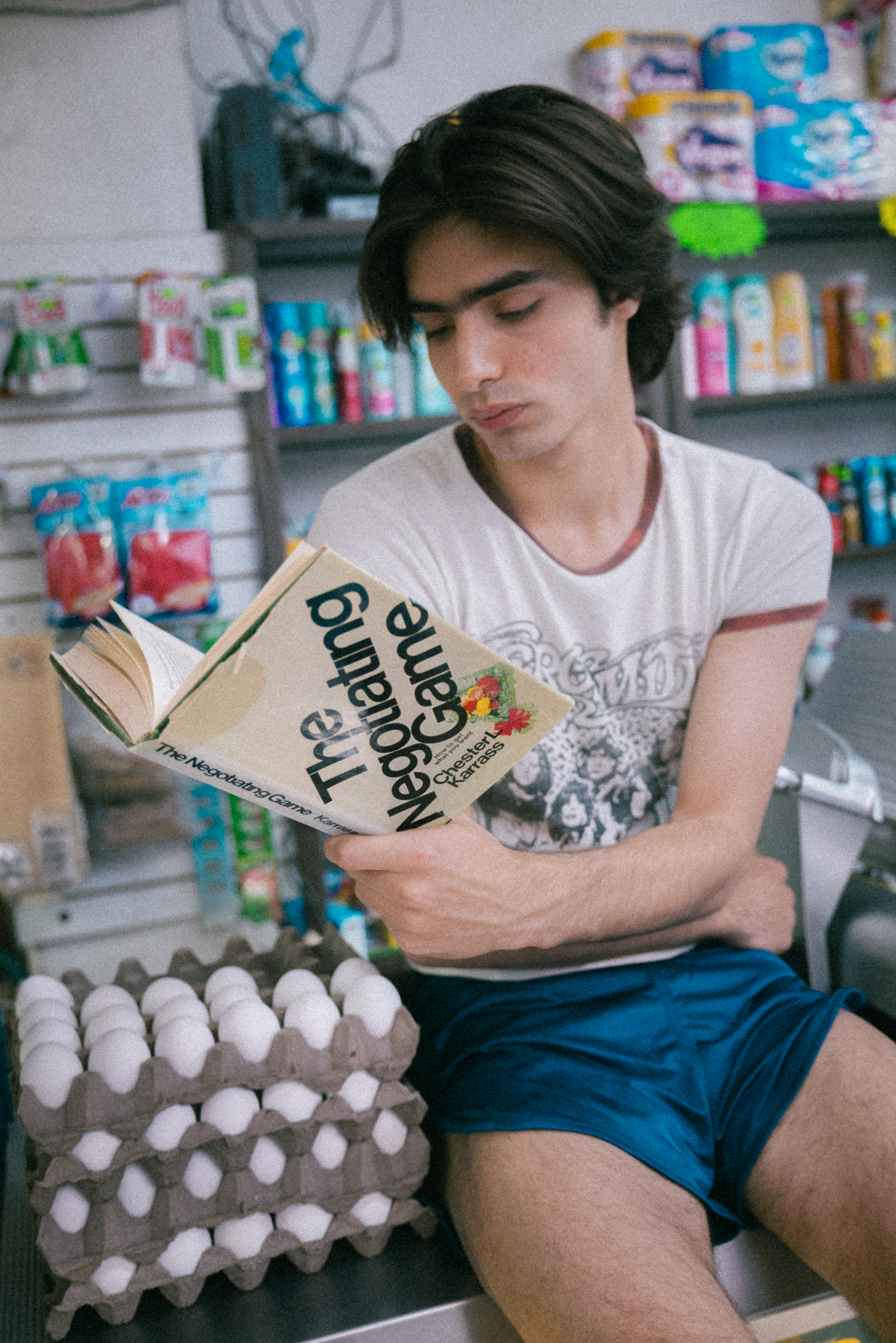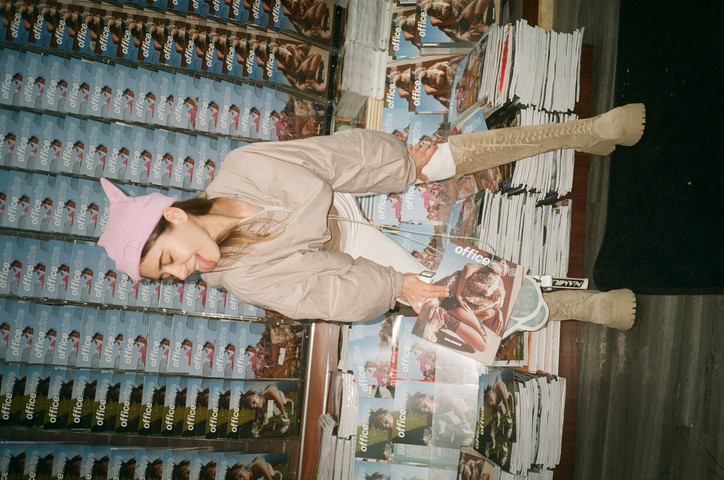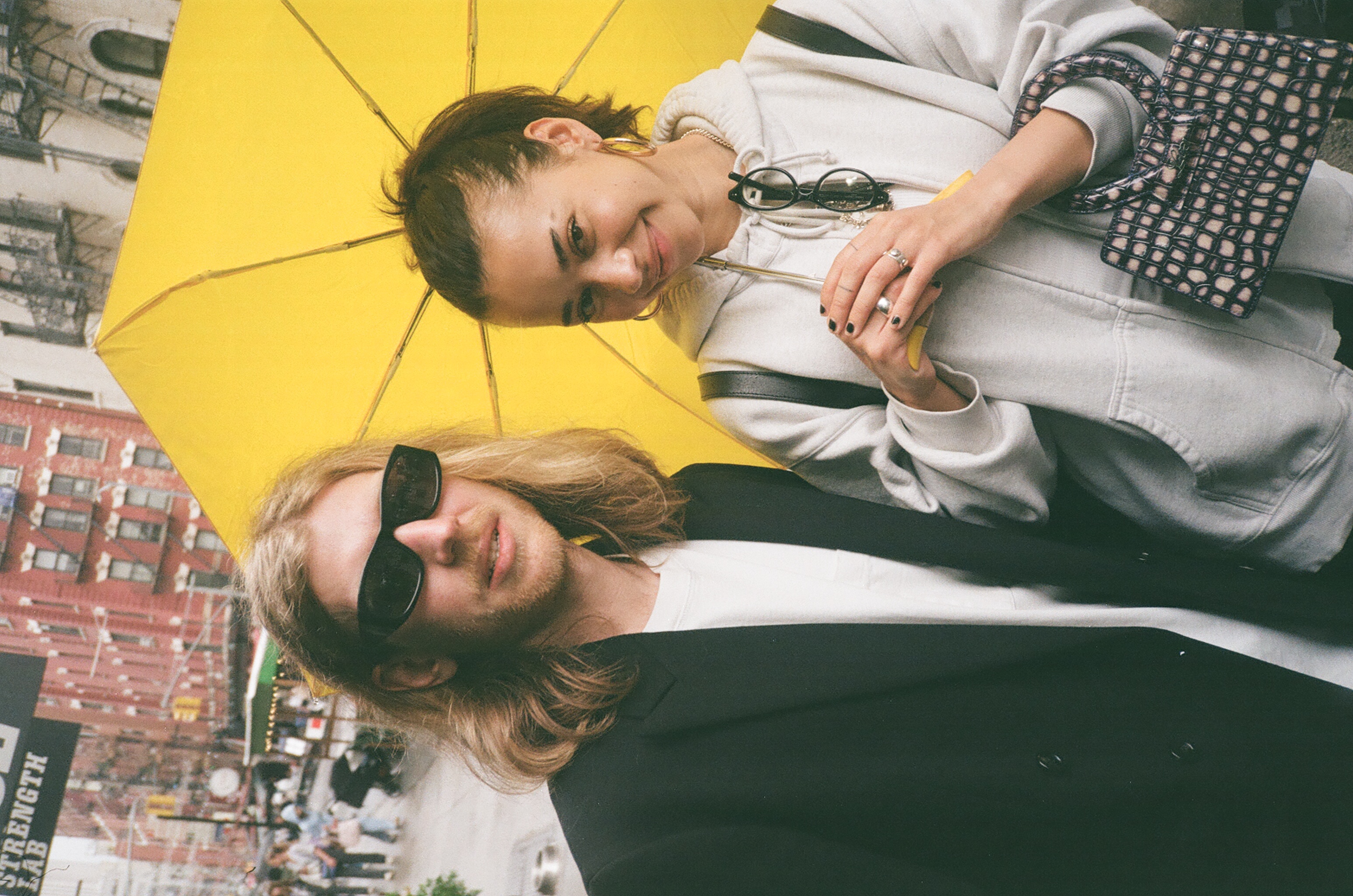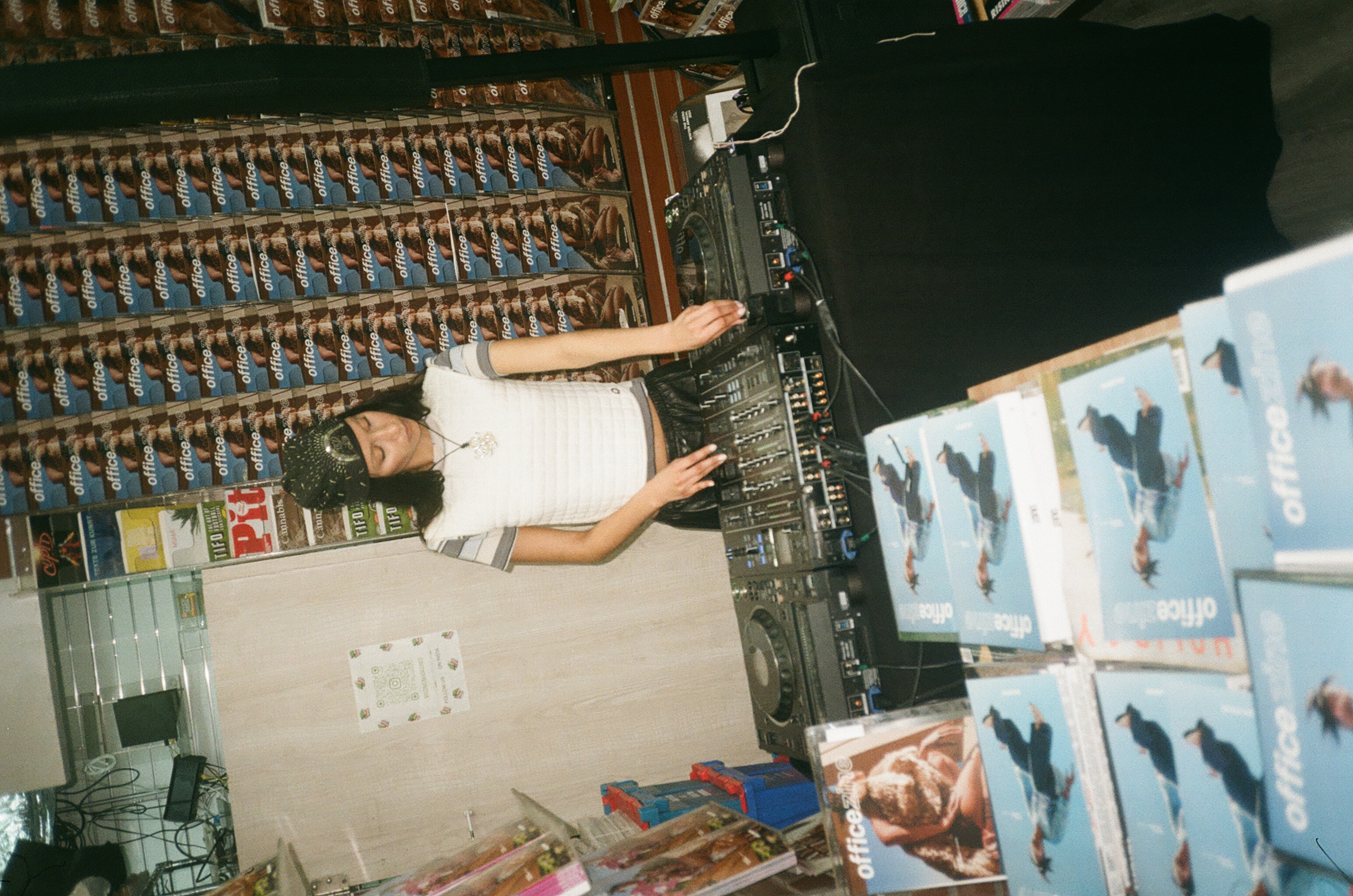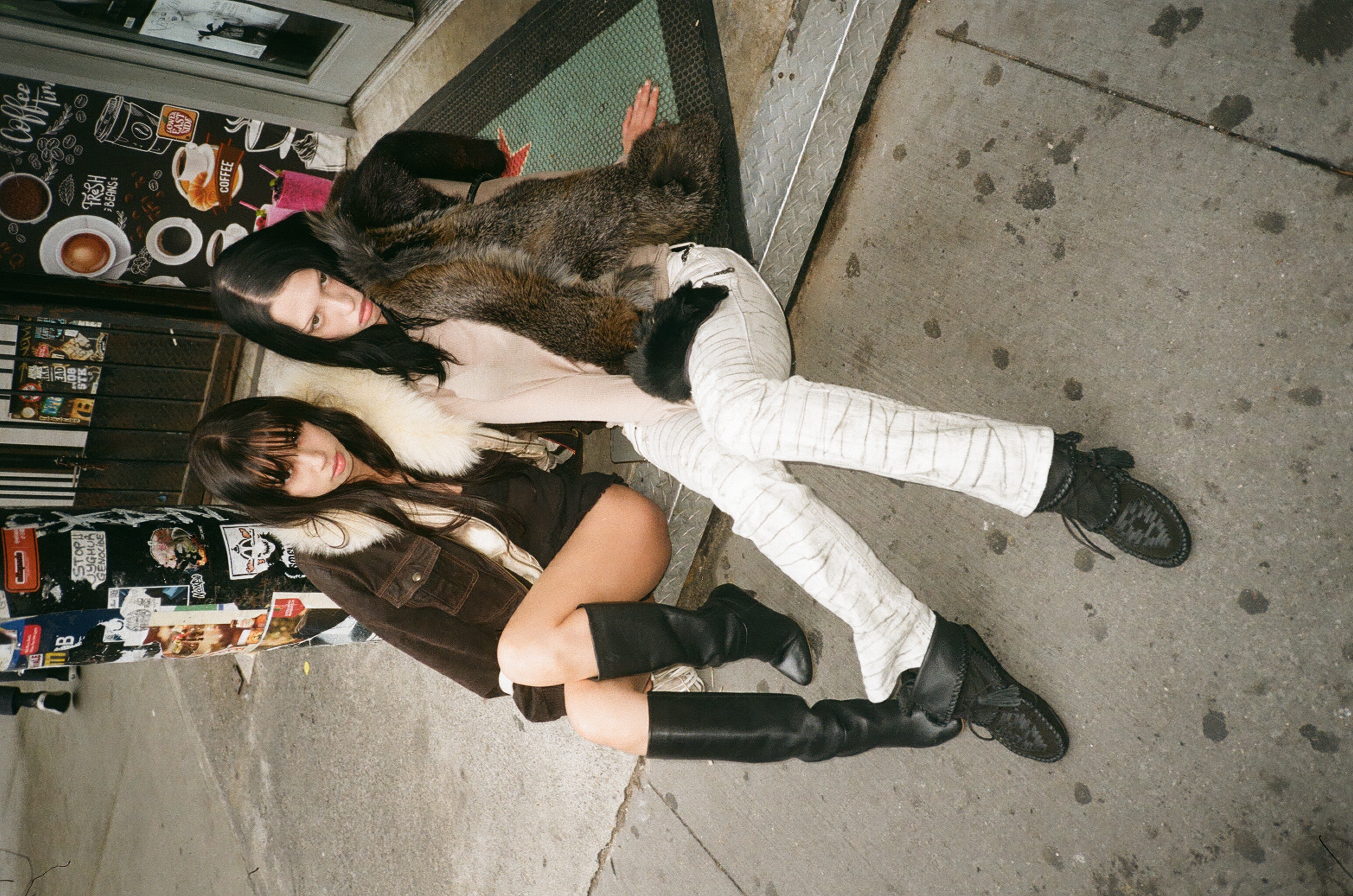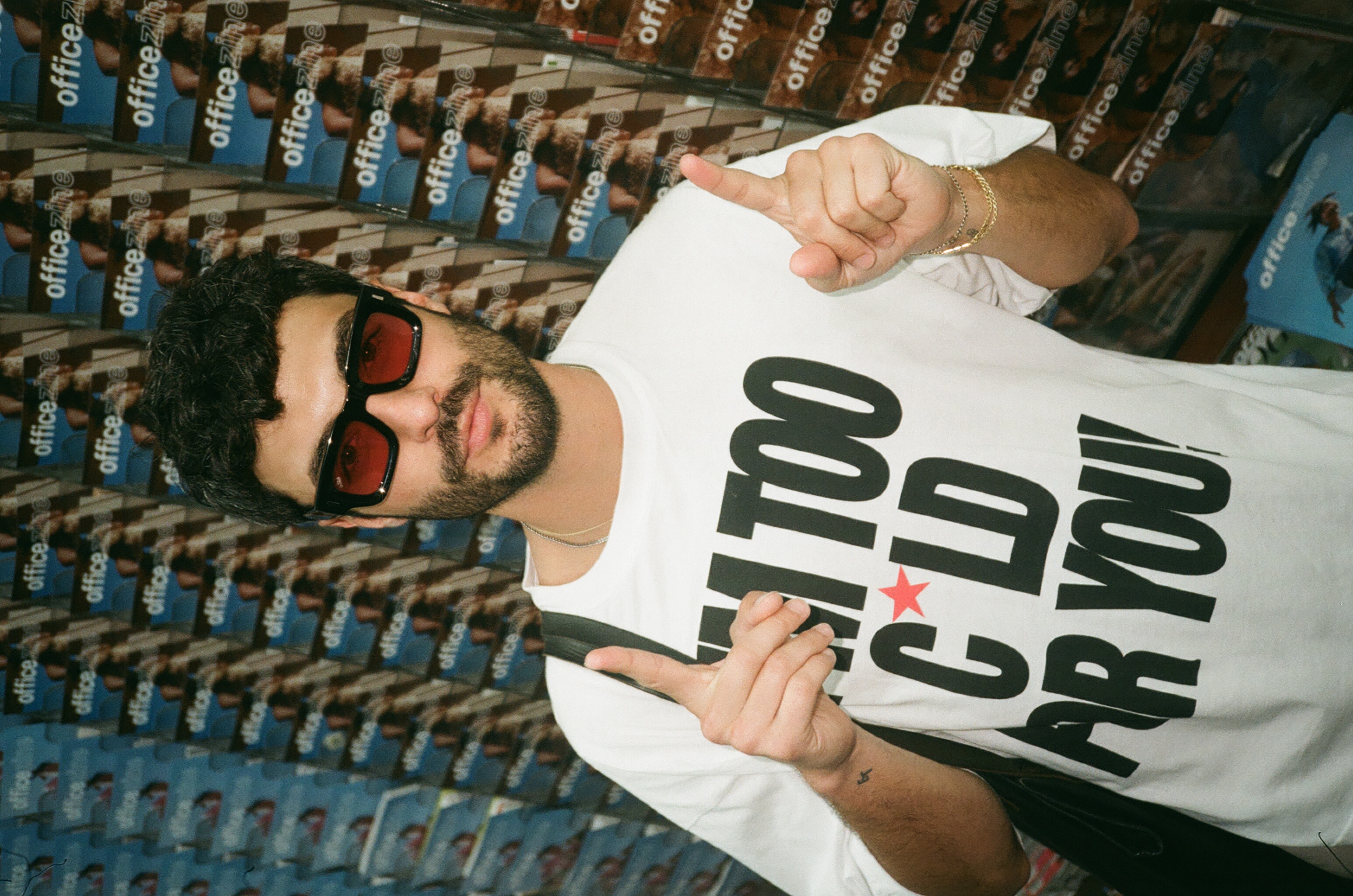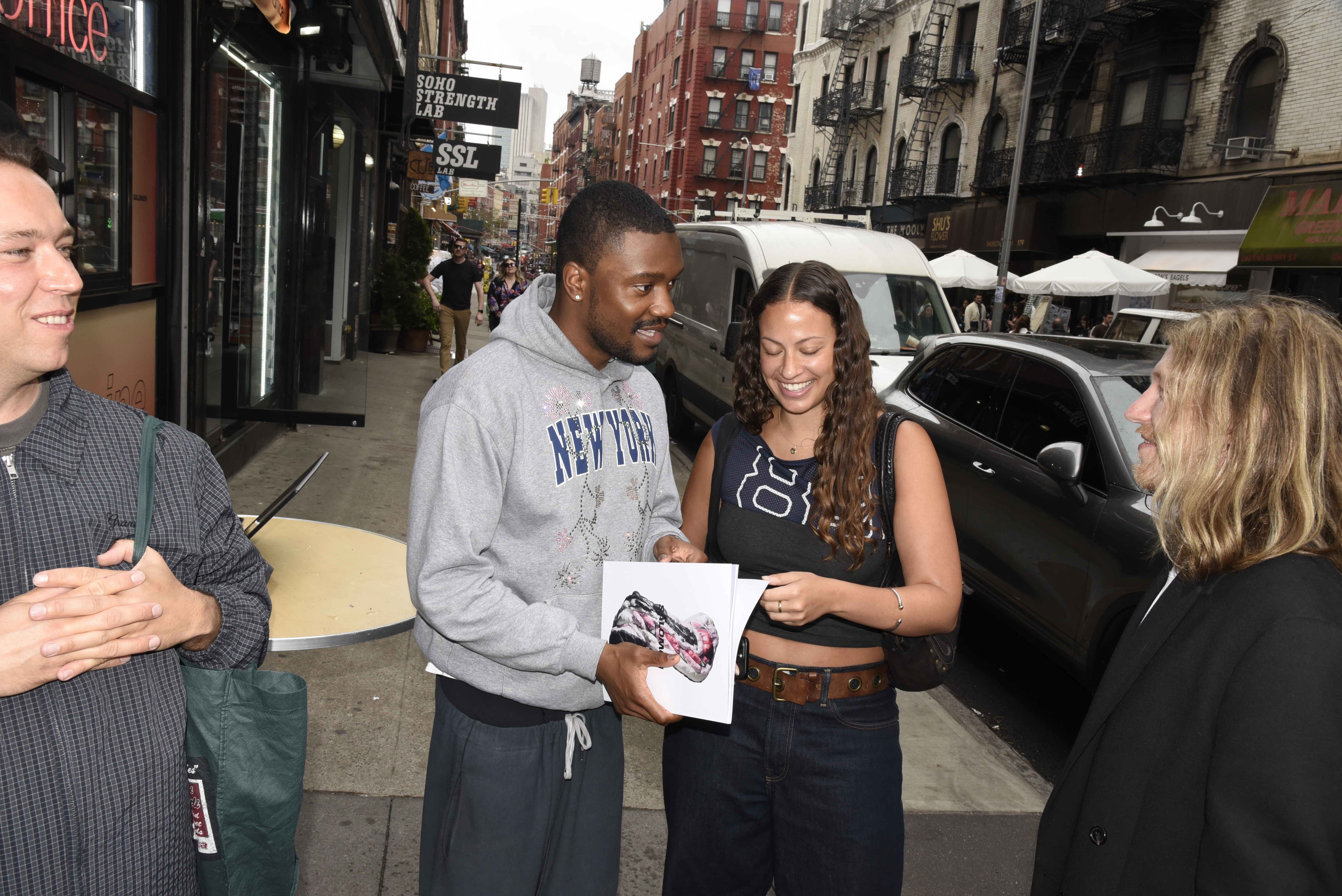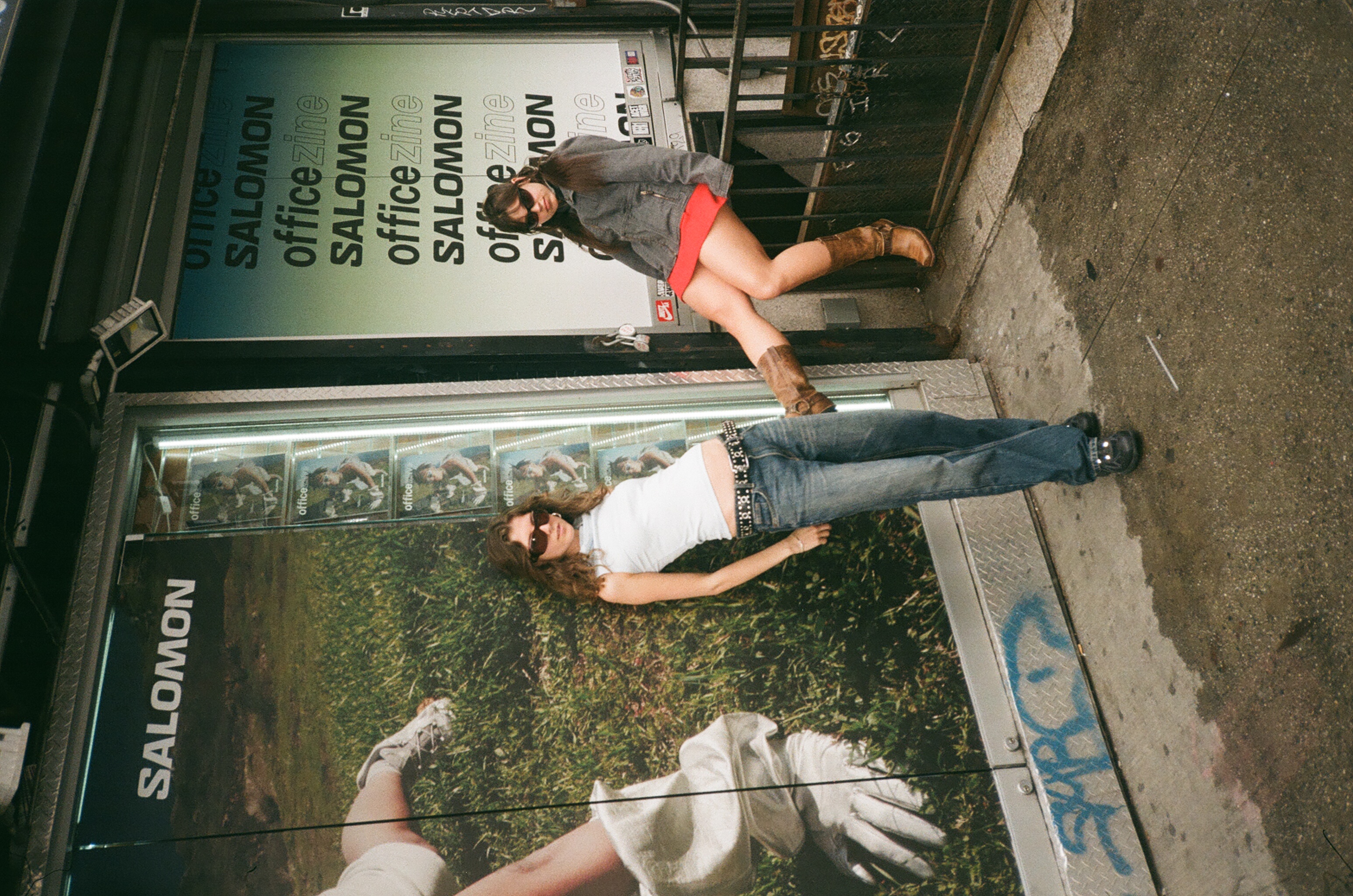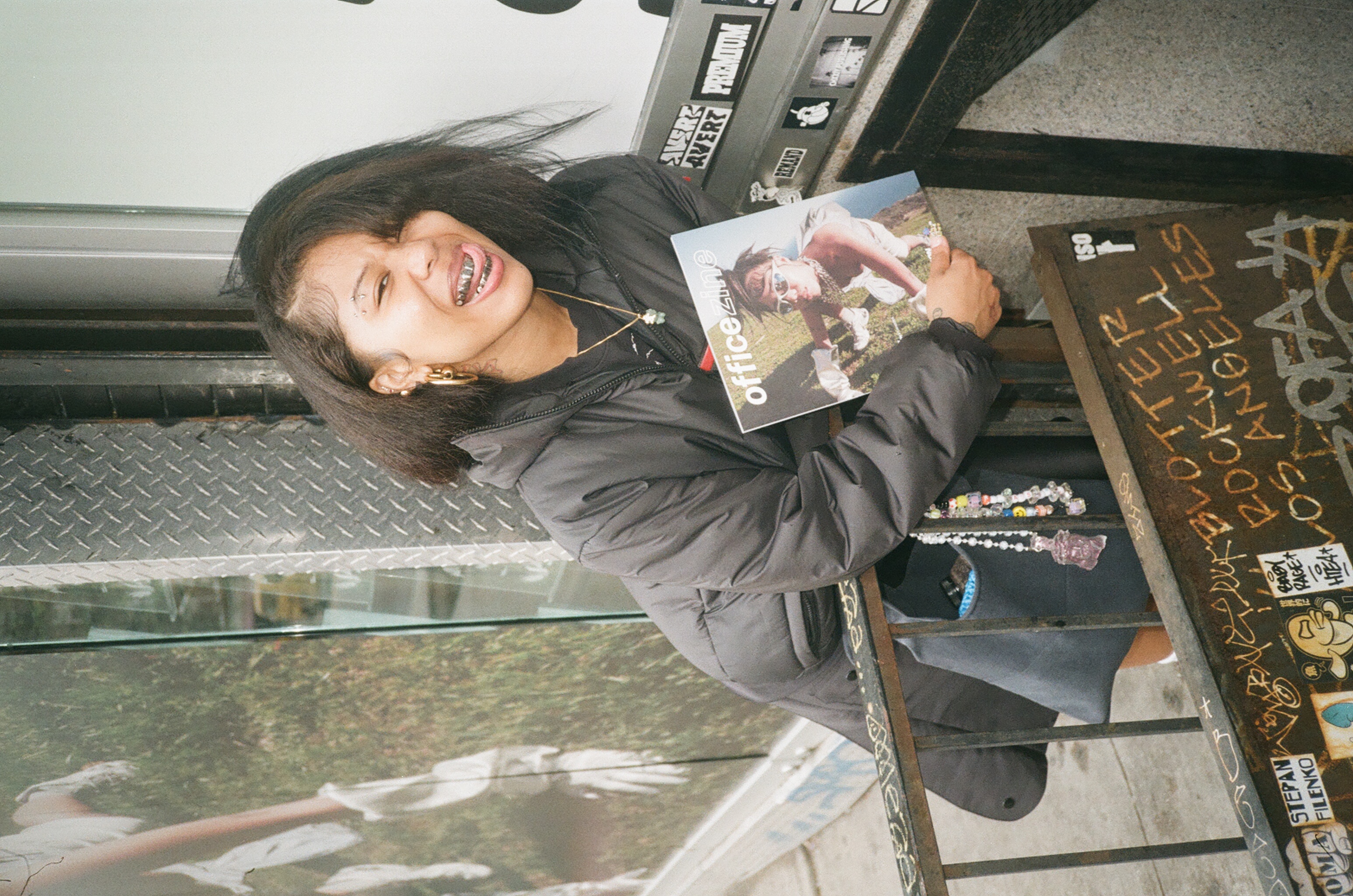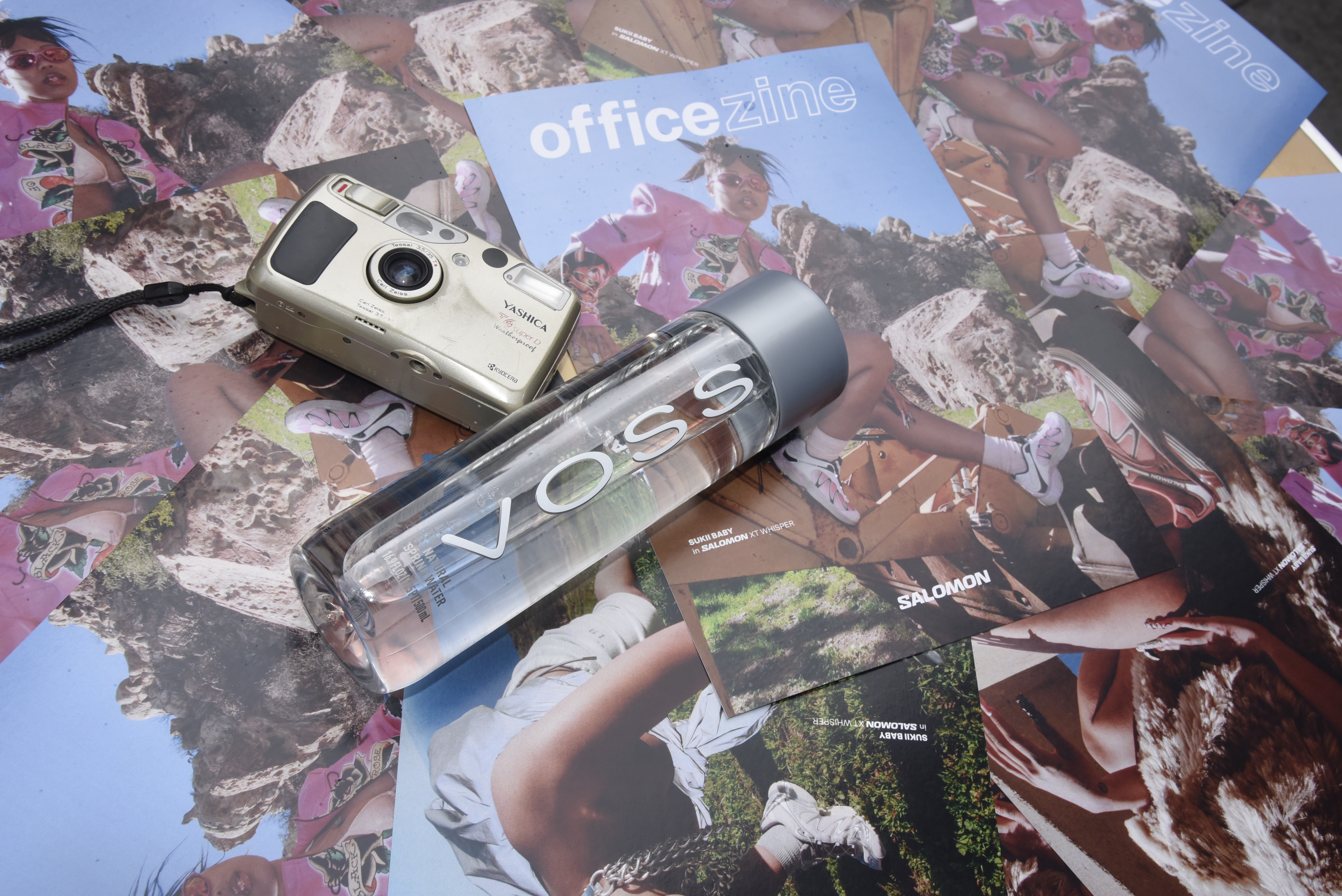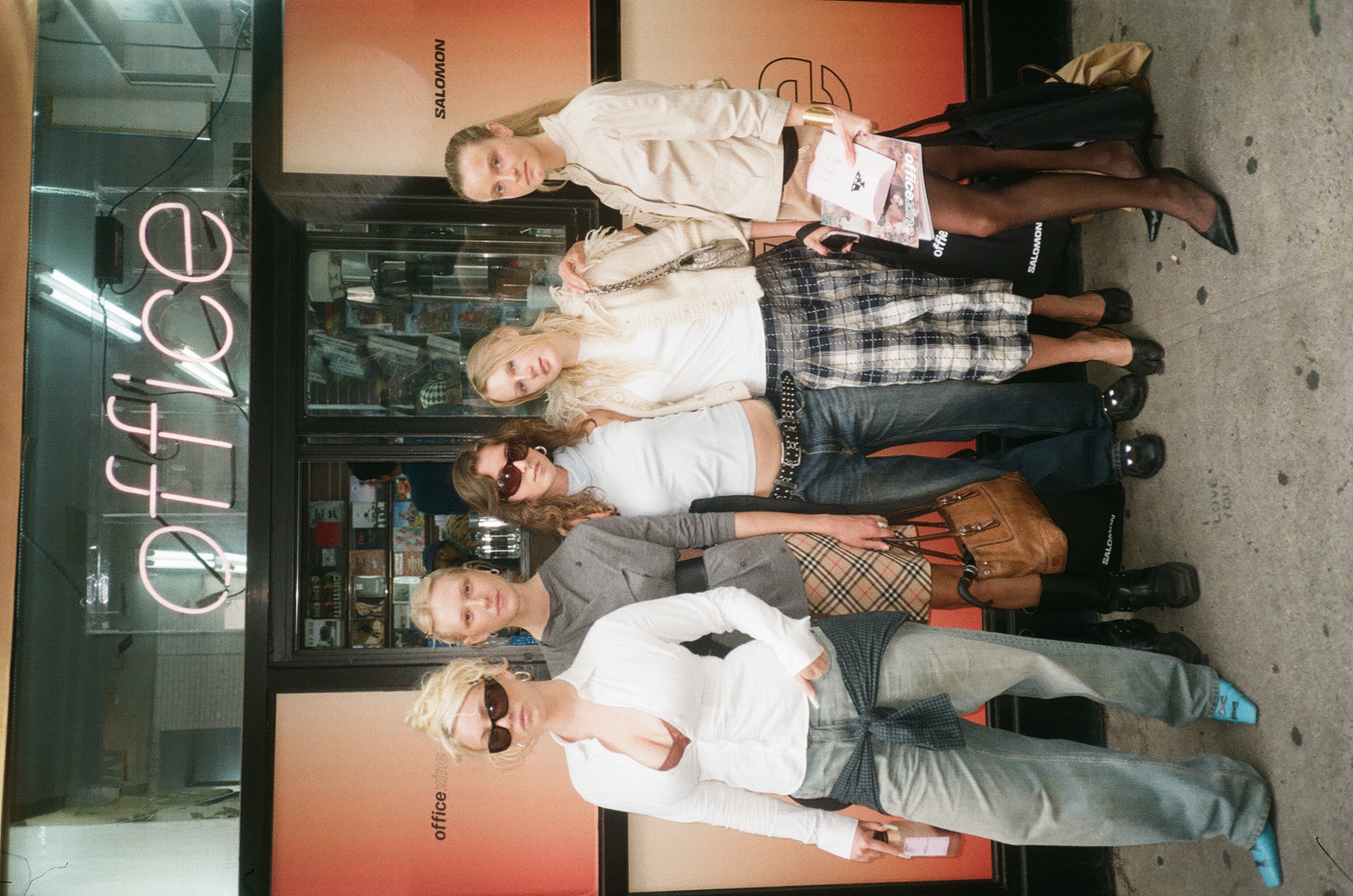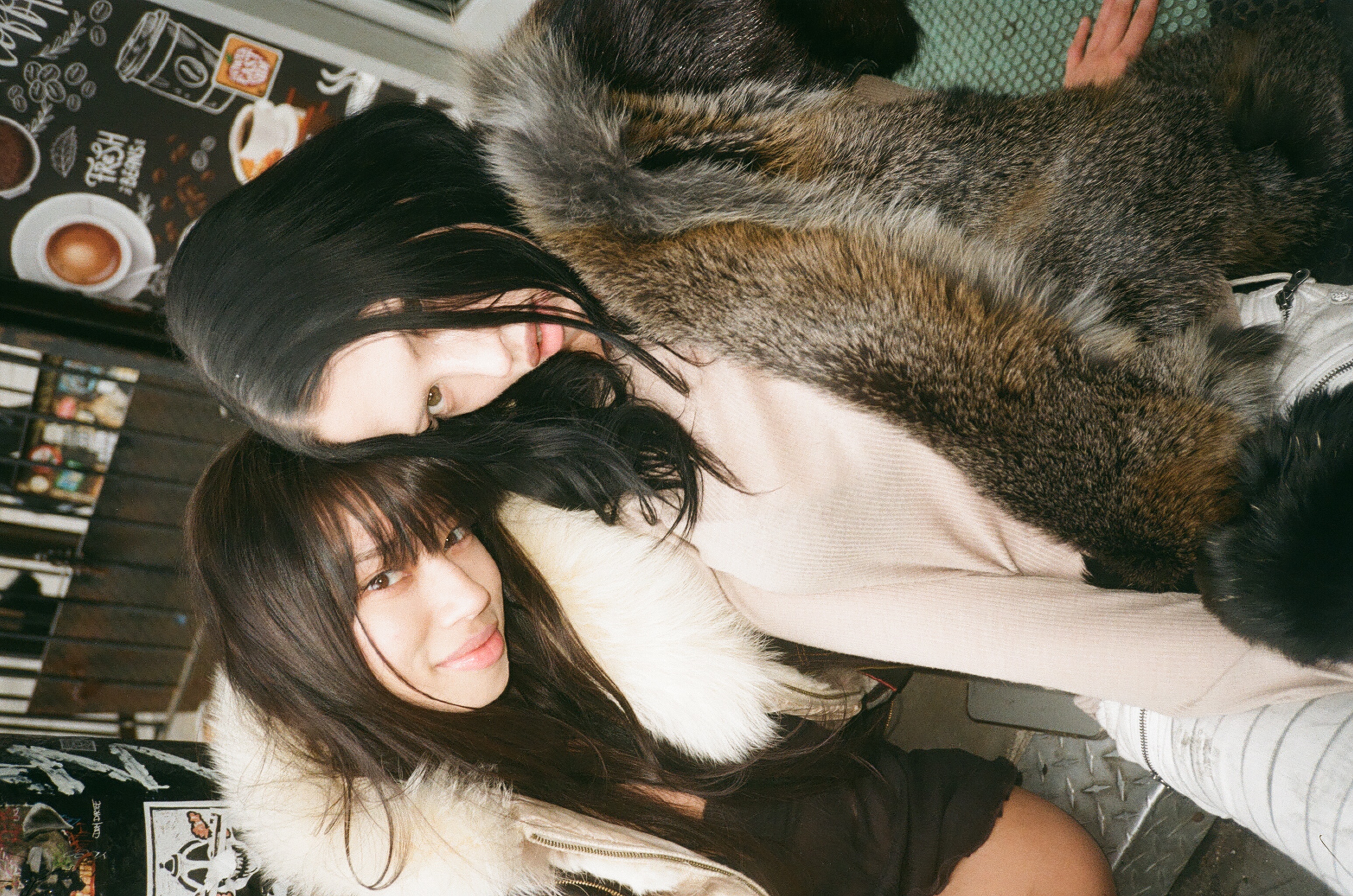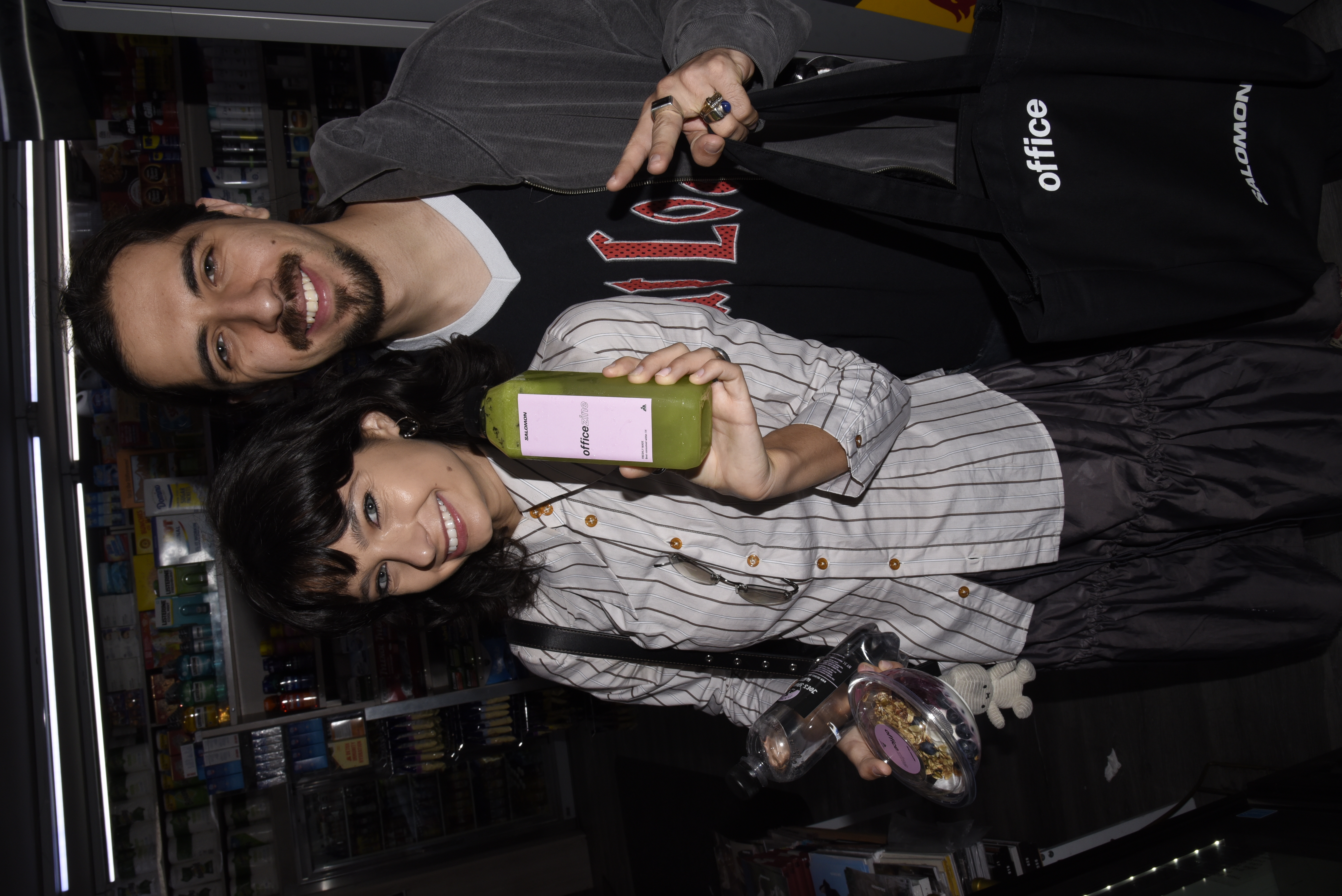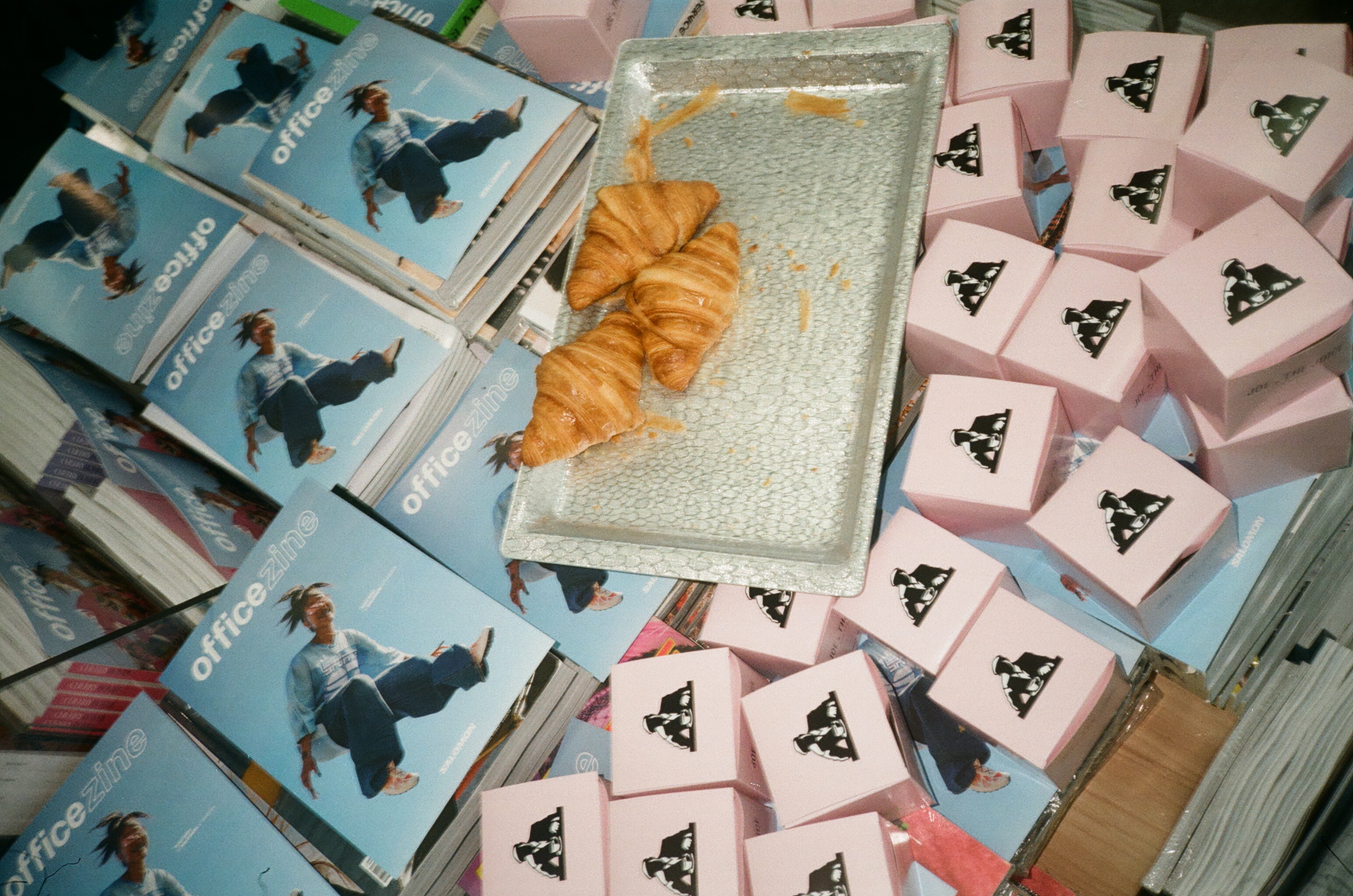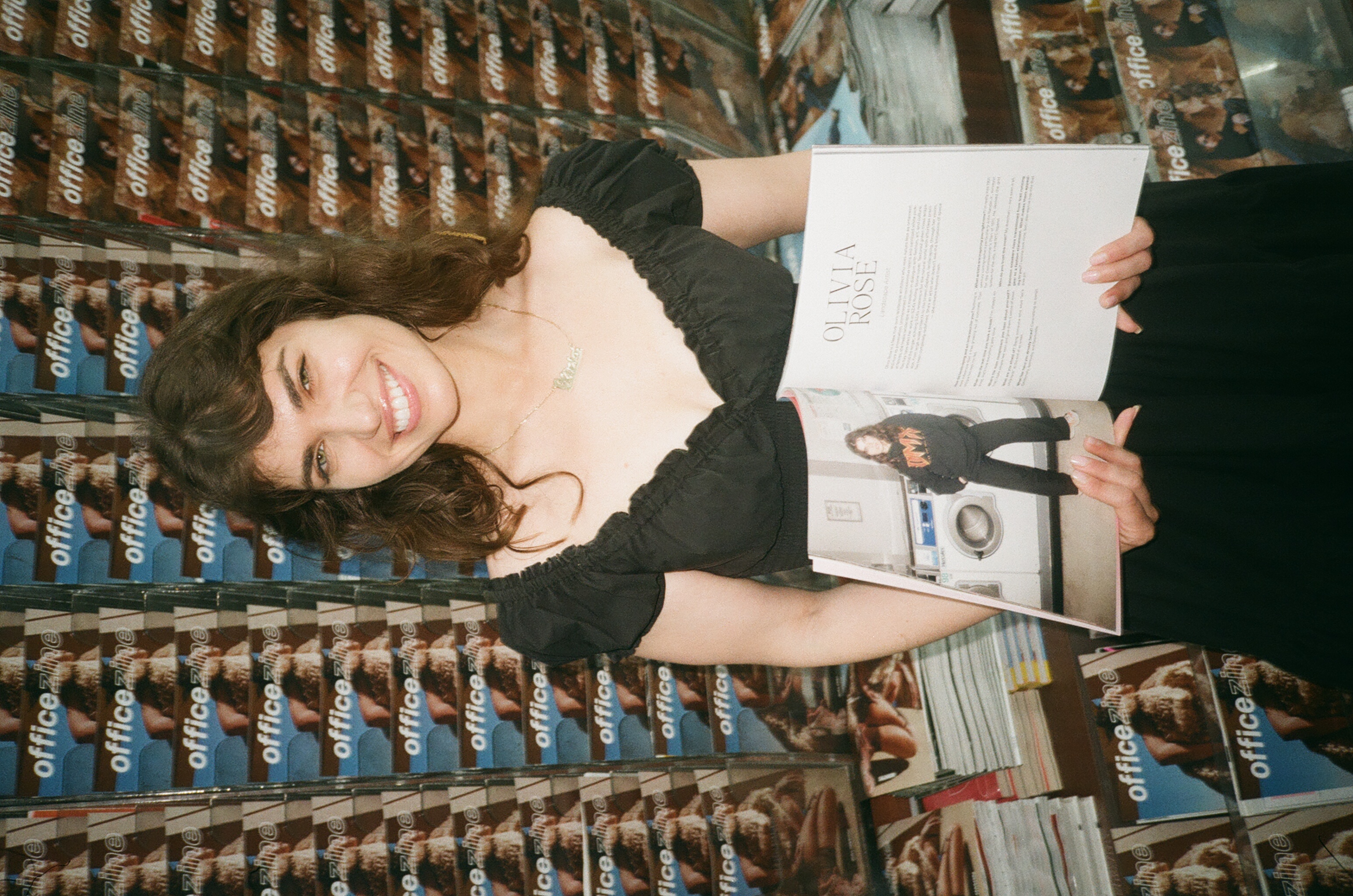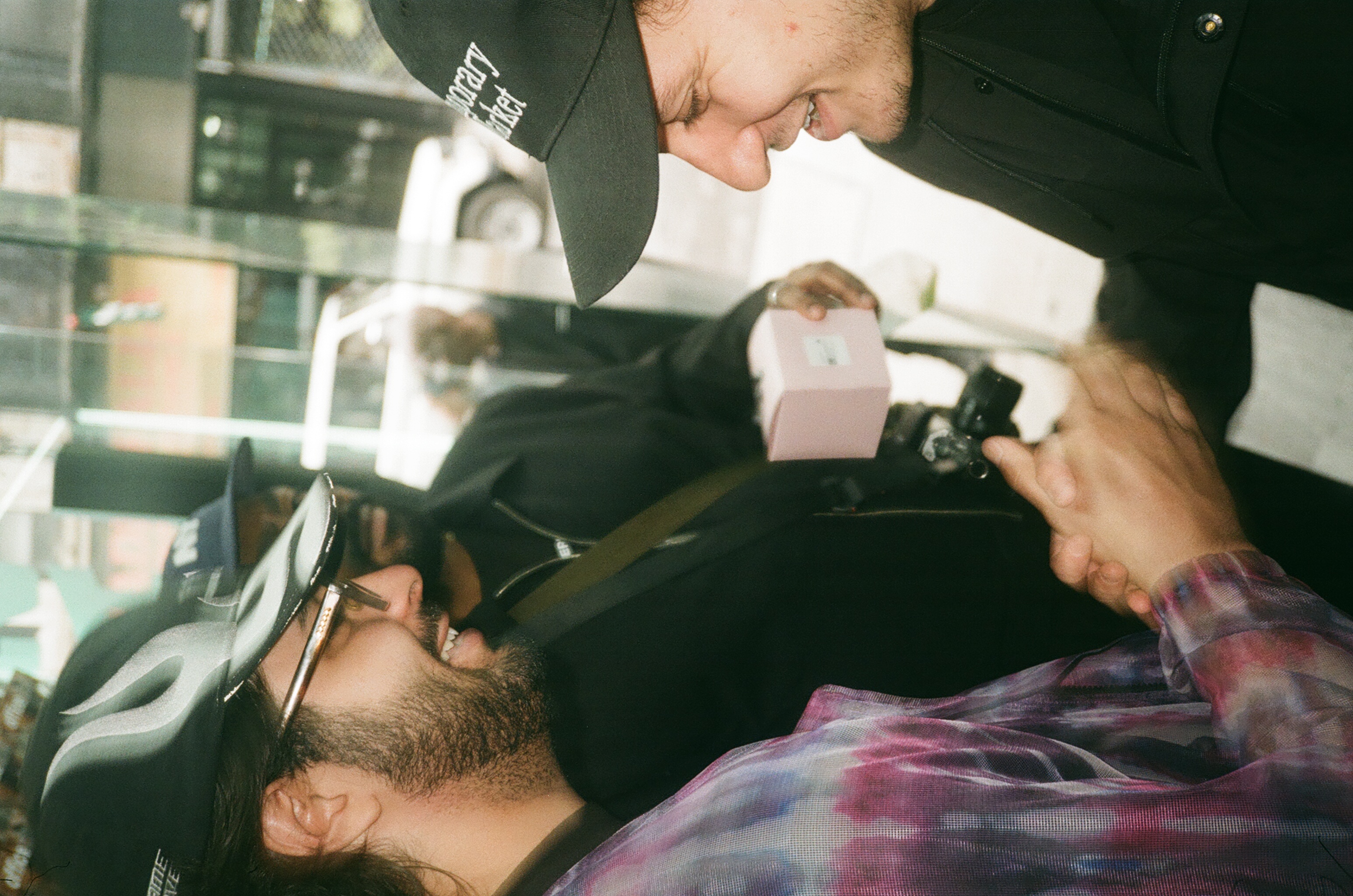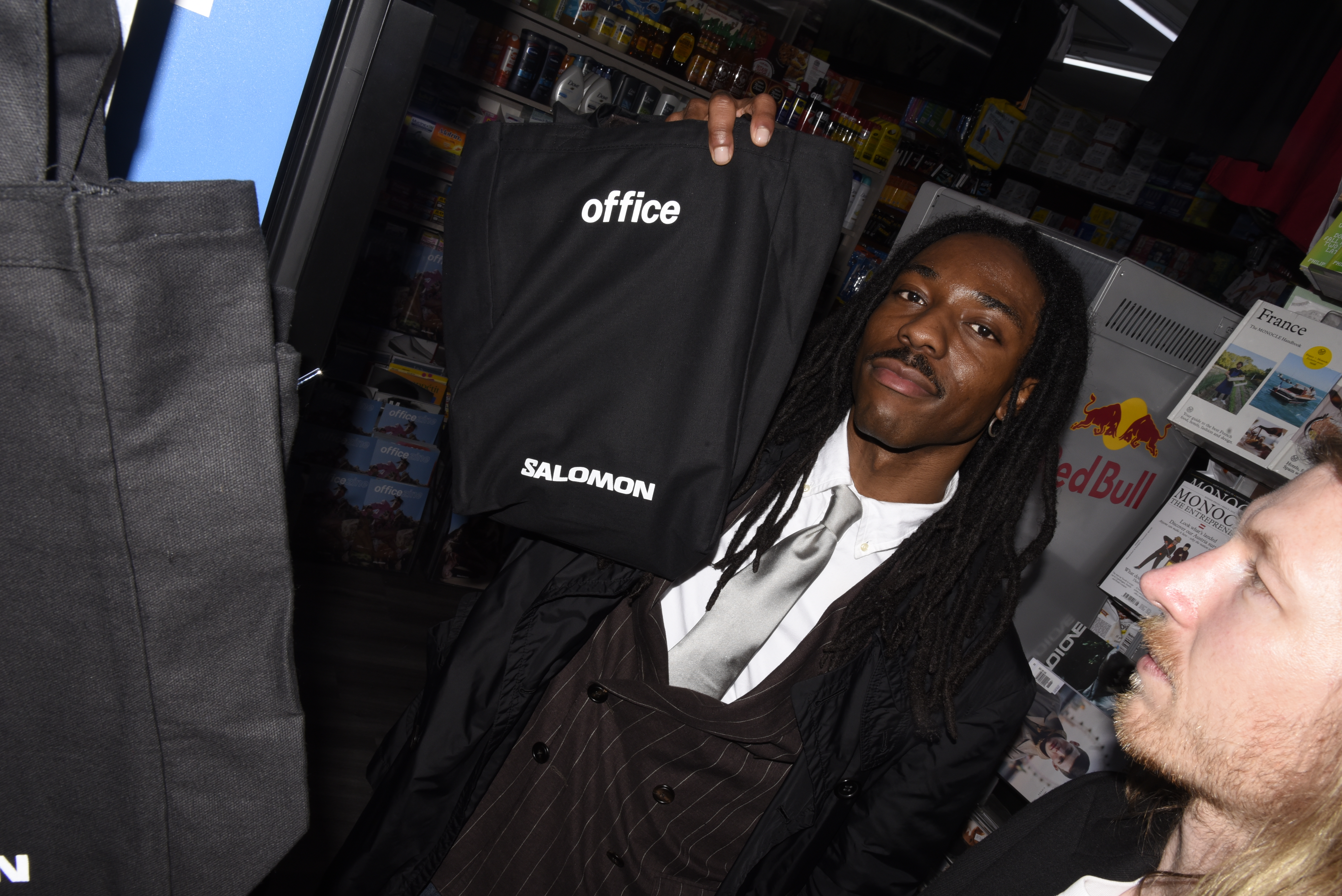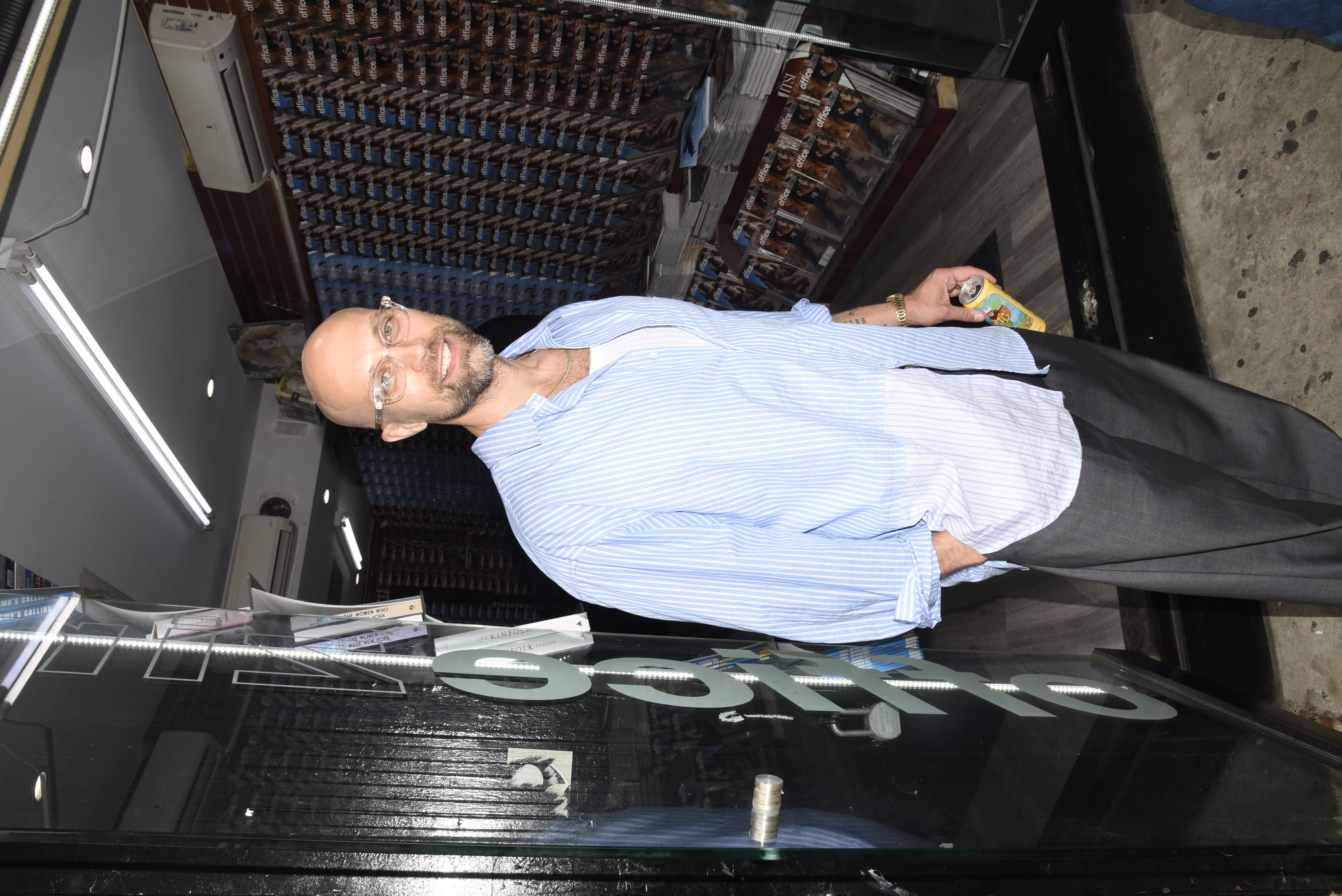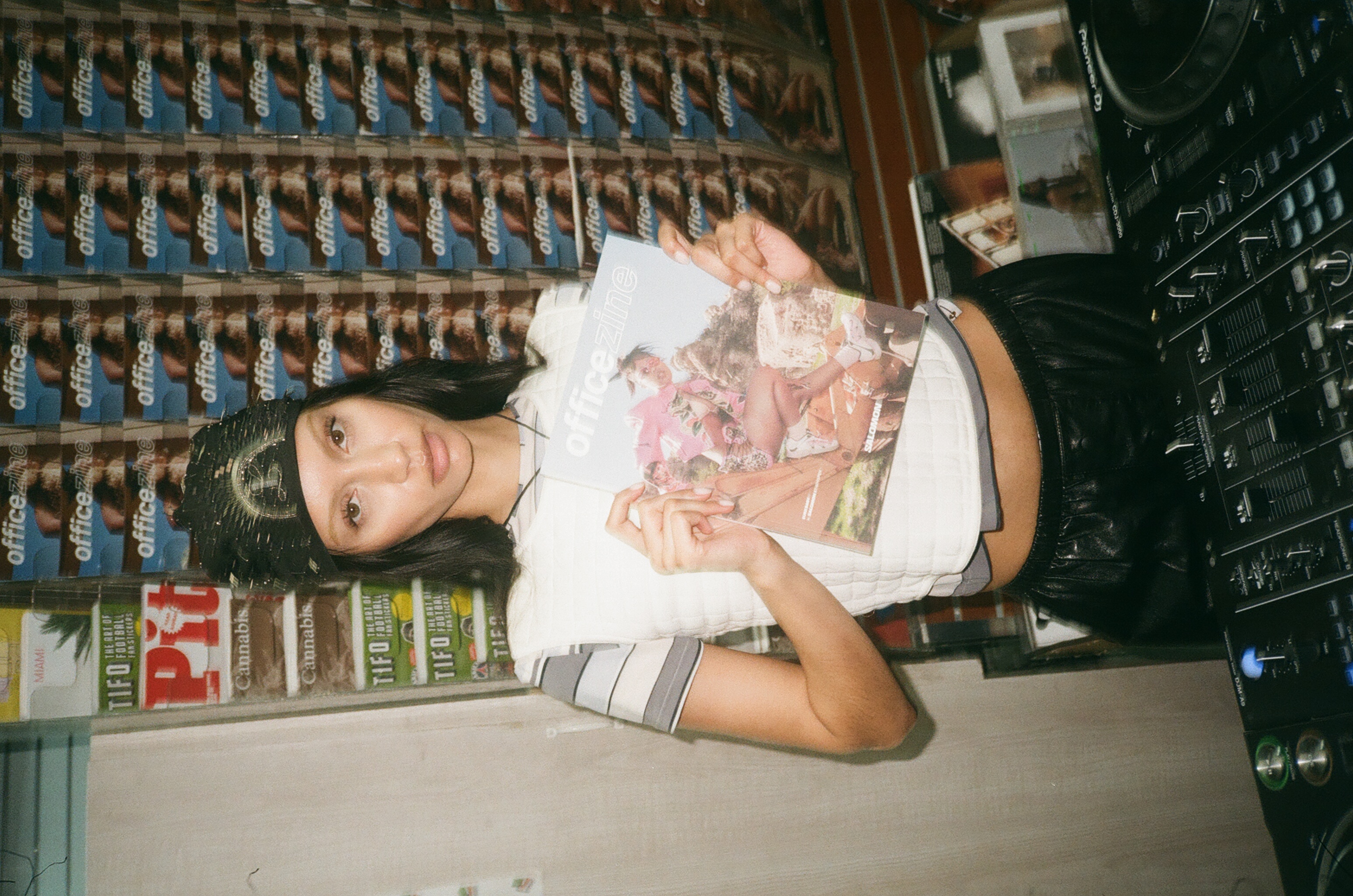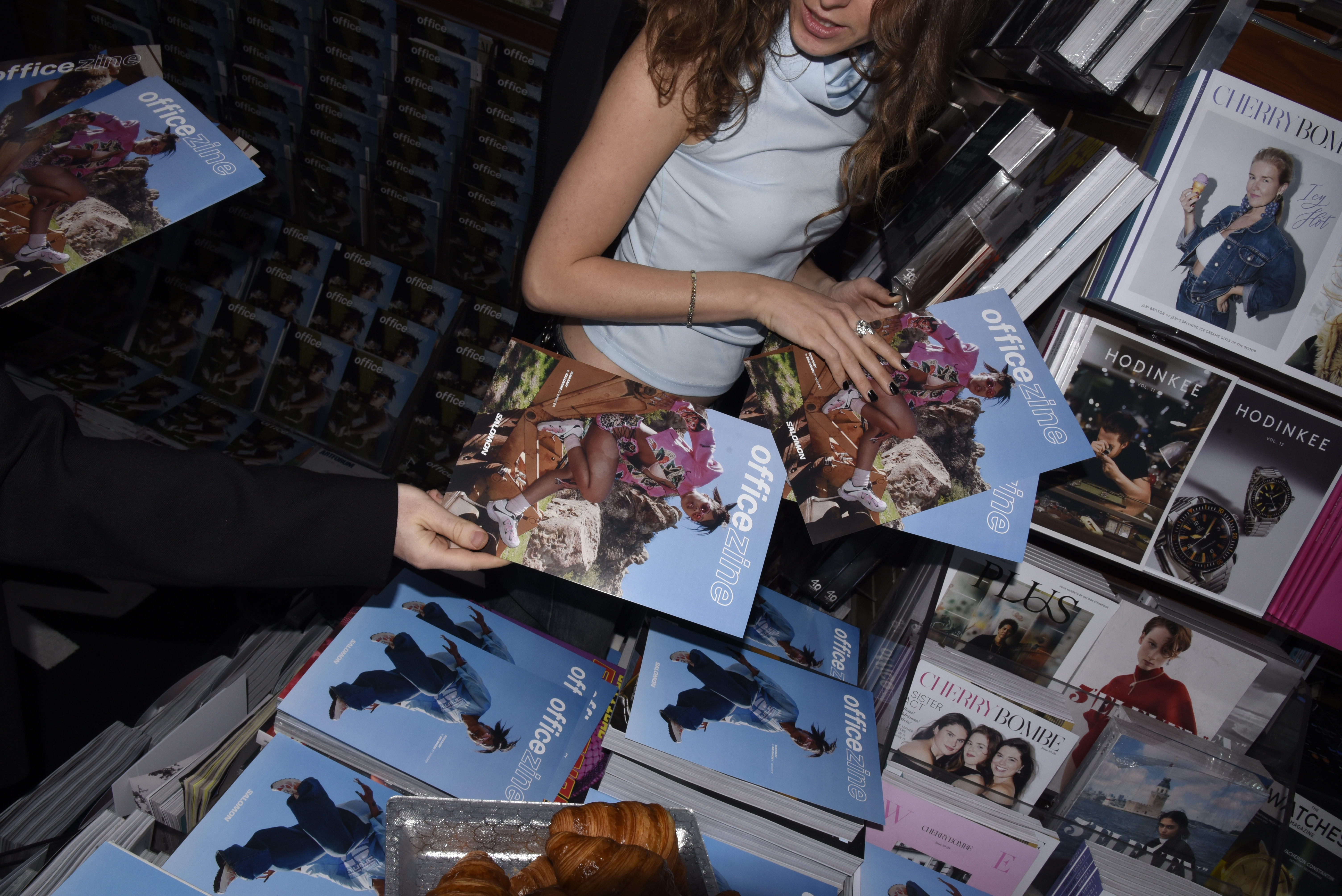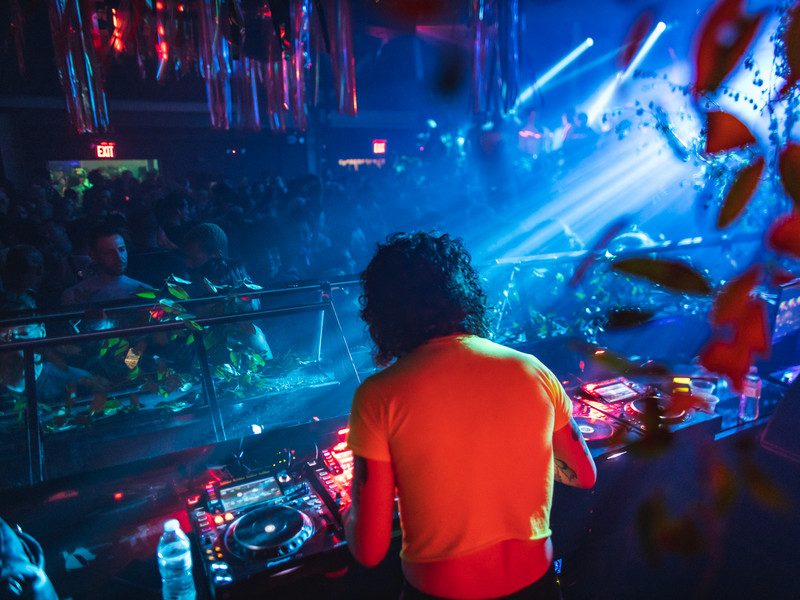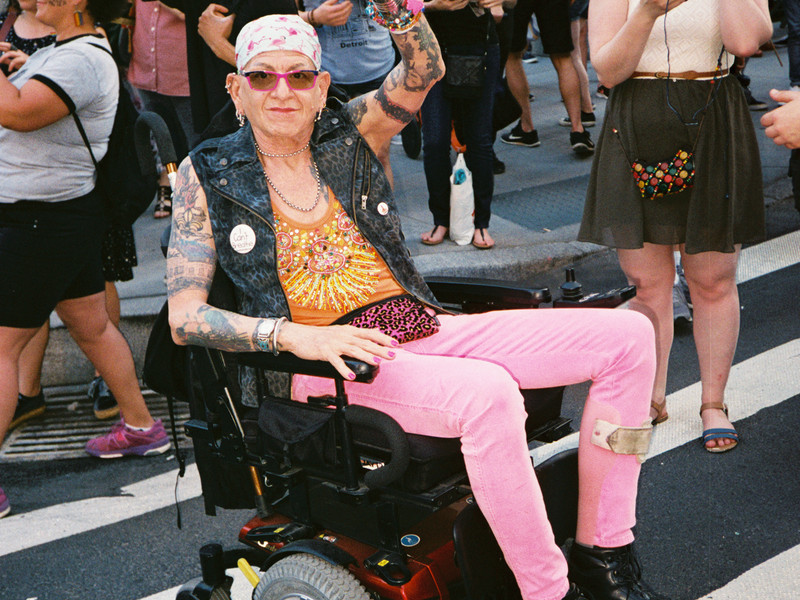The Architecture of Queerness
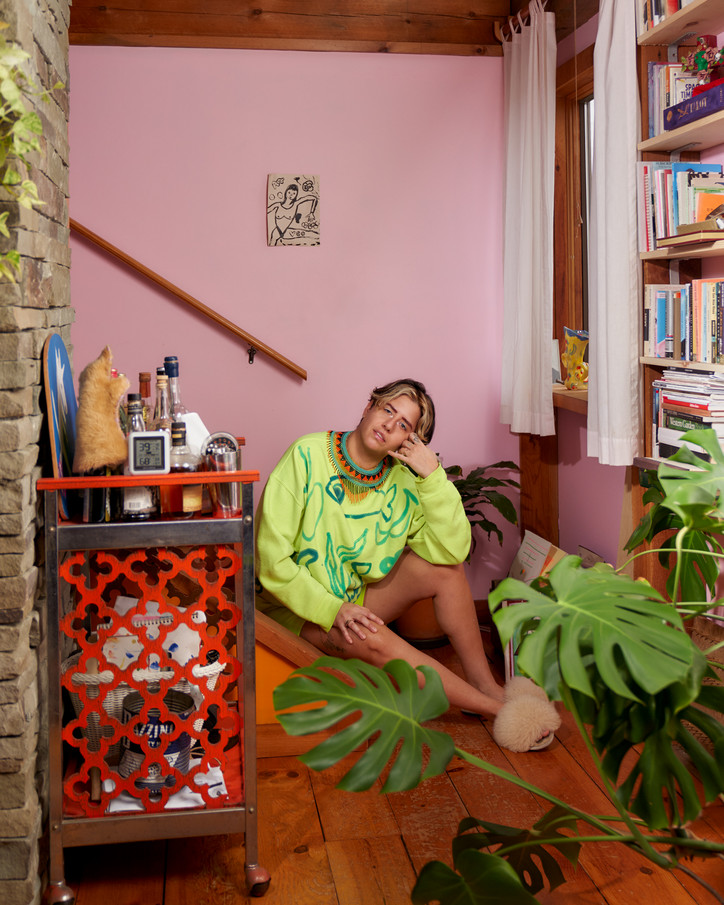
As chef-owner of queer restaurant and performance space Lil’ Deb’s Oasis, the topic of queer food comes up in conversation with Halo. When Seth asks ‘What is a queer home?’ they respond with essentially the same response they have for queer food: ‘What isn't?’ They describe queerness as a space for multiplicity – queer expression can explore, emphasize, transform, and make those ideas more tangible through symbolic means. In Halo’s case, so much happens through layering, memory, and family. We are not isolated as individuals but thick with the love of our communities. Yet within the aesthetic of layering, meaning somehow feels clearly defined. A celebration of love as a resource, in an environment that is unmediated, warm, and colorful.
Exclusively for office, we are excited to invite you into our space and our interview, on the occasion of the release of Please Wait to Be Tasted: The Lil' Deb's Oasis Cookbook (published June 21, 2022, Princeton Architectural Press). This first cookbook invites folks to bring recipes from the queer and collaborative world of Lil’ Deb’s into their own home, expanding the spirit of the restaurant and Halo’s own kitchen into the reader's hearth, and with whomever they share their meals.
We are in dialogue with our surroundings constantly. It’s active and exploratory. So then how can our spaces be pathways to freedom?
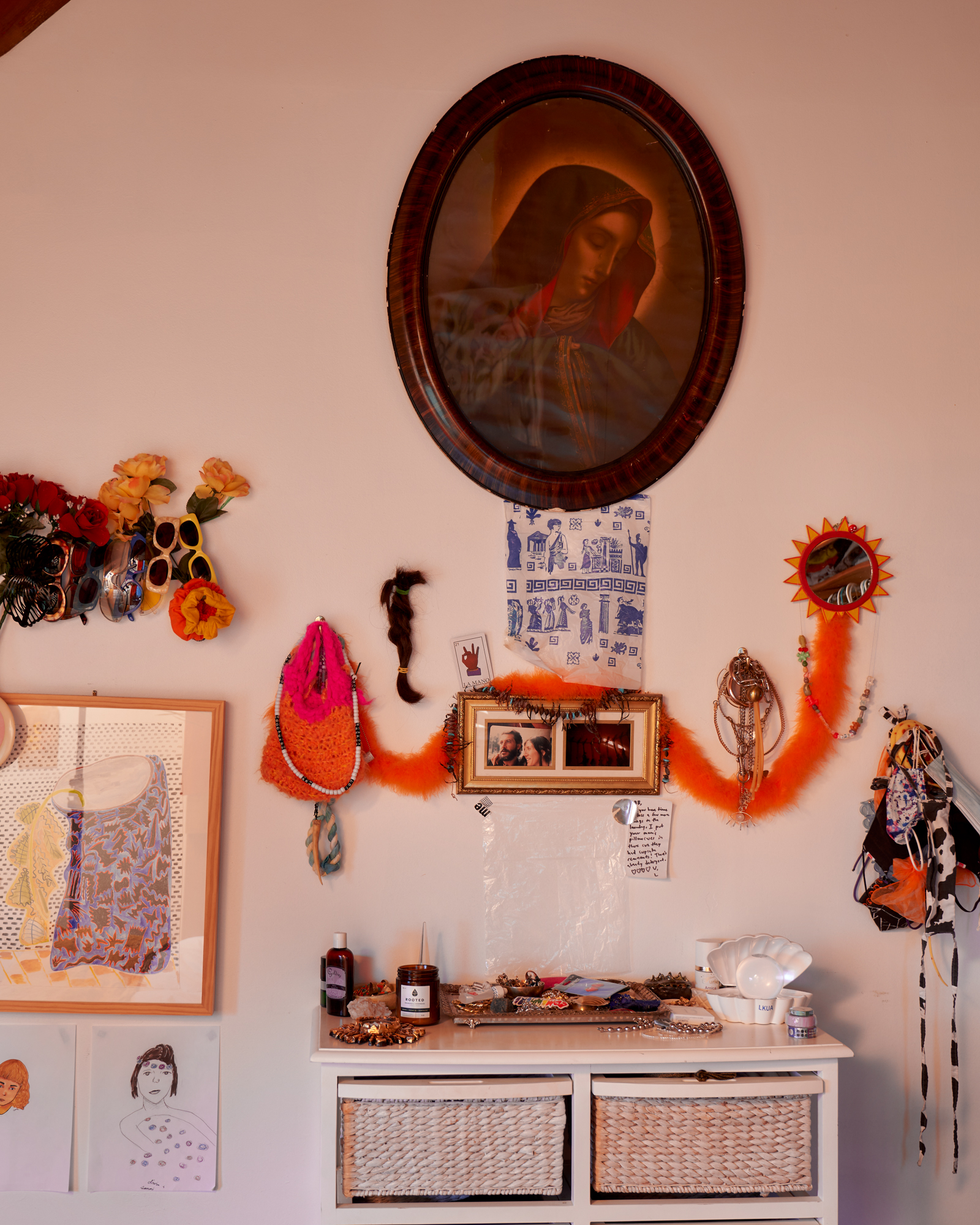
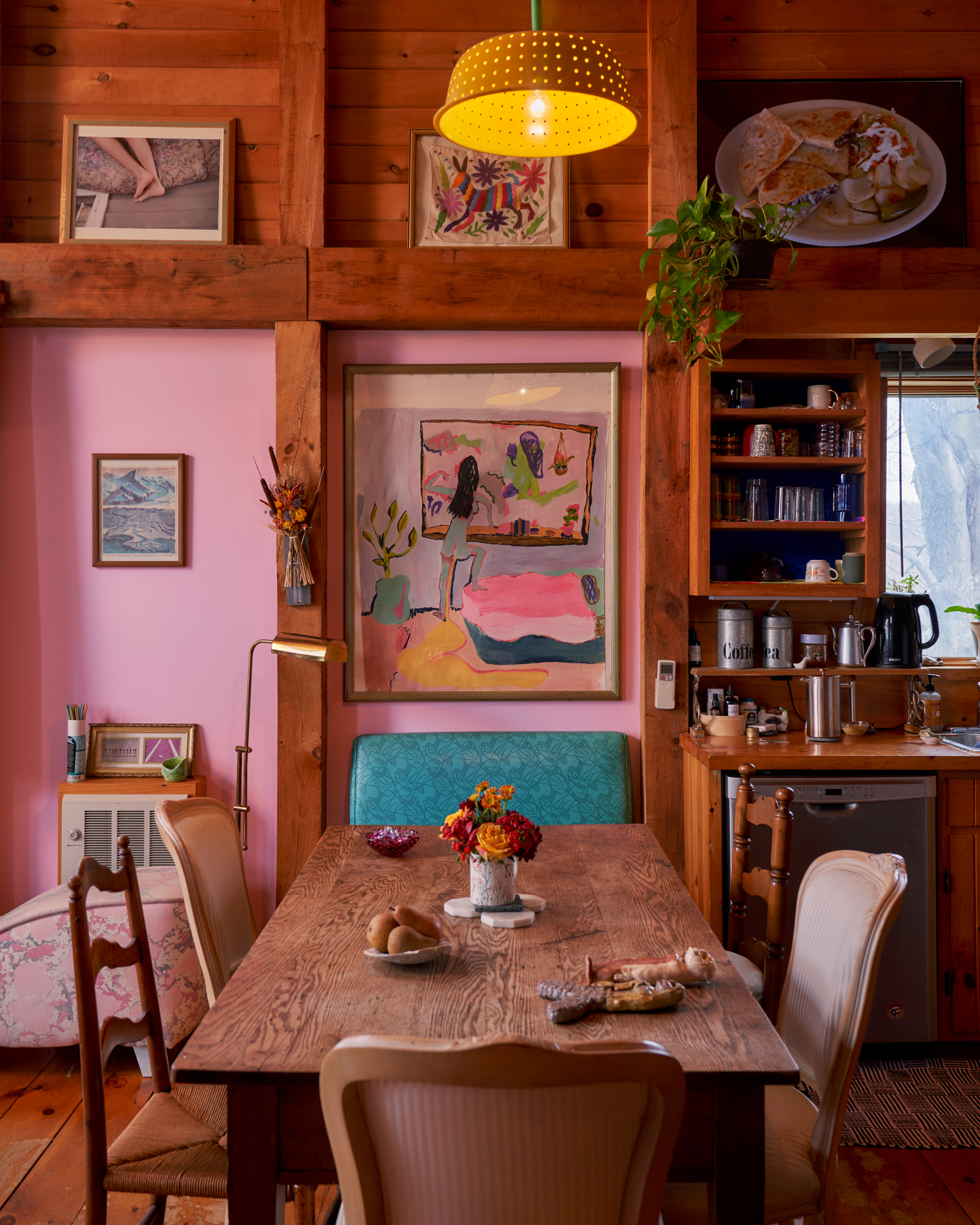
Gilian Rappaport (they/she)— What does home mean to you?
Halo Kaya Perez-Gallardo (they/them)— It means comfort, safety and community. I luckily have a wonderful blood family, and I have a close-knit chosen family that has grown from the community around the restaurant. In terms of my home, it means lushness, coziness, and color. I've always had my arsenal of decor that I've moved with, which has been with me from high school, to college, to Spain, and here in Hudson. There are a few items that I can always take with me and say, 'Okay, I'm done'. I'm at home.
GR— What are those items?
HKPG— There's a fabric from my mom's fabric collection that I adopted. It's an African batik textile, almost Yves Klein blue, with neutrals and warm tones. There's a floral patterned wool wall-hanging from Ecuador that I’ve had since my twenties. It’s a very un-classic Ecuador market textile. I always build an altar wherever I go too, with photos of family, old letters, and objects that I collect.
GR— Living stuff! Can you talk about color and coziness? How do you bring those two elements into your spaces?
HKPG— Color is a big factor for me. I don’t like the word cozy, but it's very effective. It's hard to dissect now where the restaurant begins and where I end, but the palate of the restaurant is similar in its 'tropical comfort' idea. These are colors you don't often see in Western spaces, they're more associated with South America, or the Tropics. I've always detested the Western aesthetic of cold, white, and minimal. Growing up with my Ecuadorian grandma, her house was the blue one on the block. I felt really proud of that, it was a way we stood out. People always comment how her hallway is marigold-toned. Multiple textures, warmth, and multiple colors in one space are elements that I have been surrounded with since I was little and carried over into my adult life.
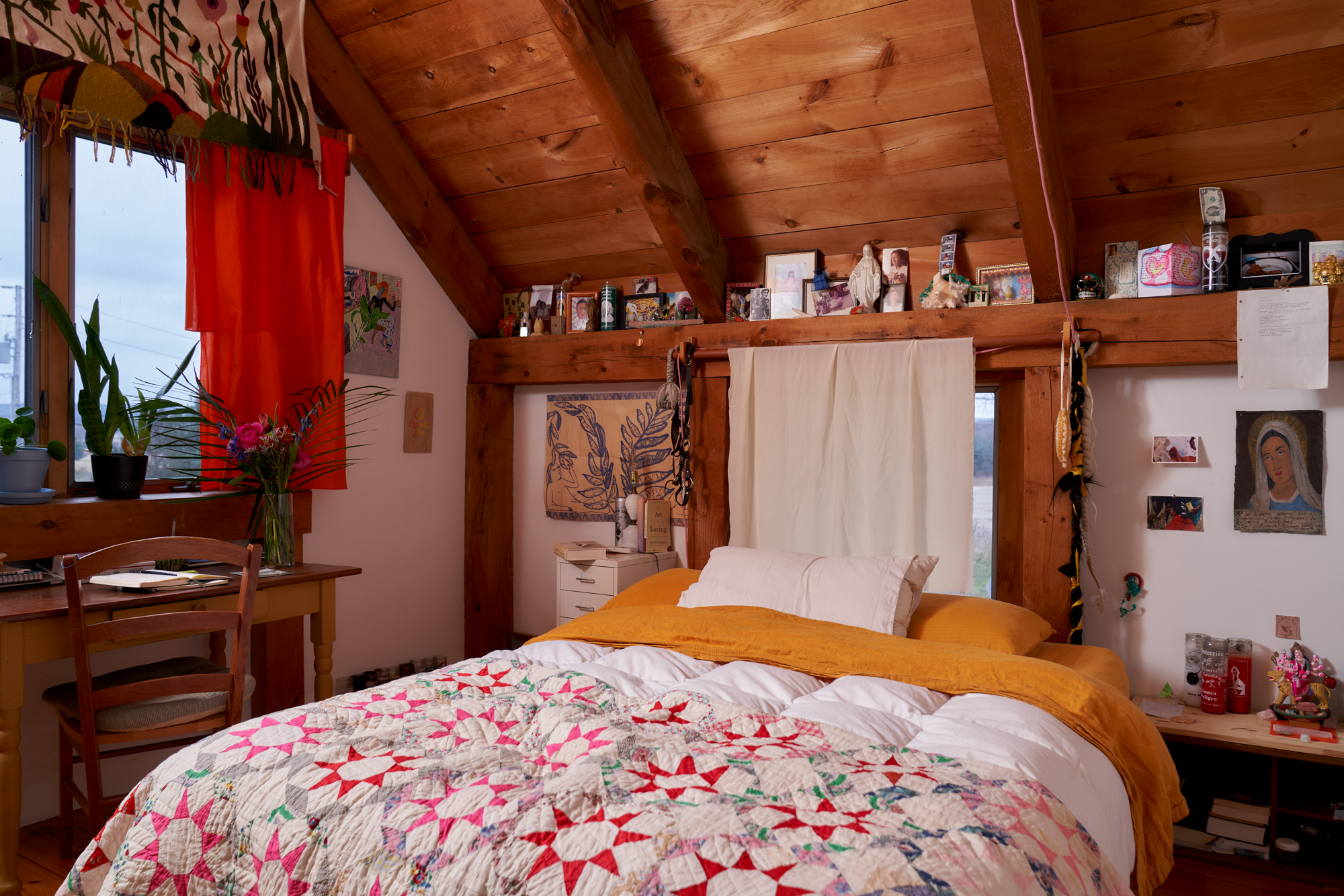
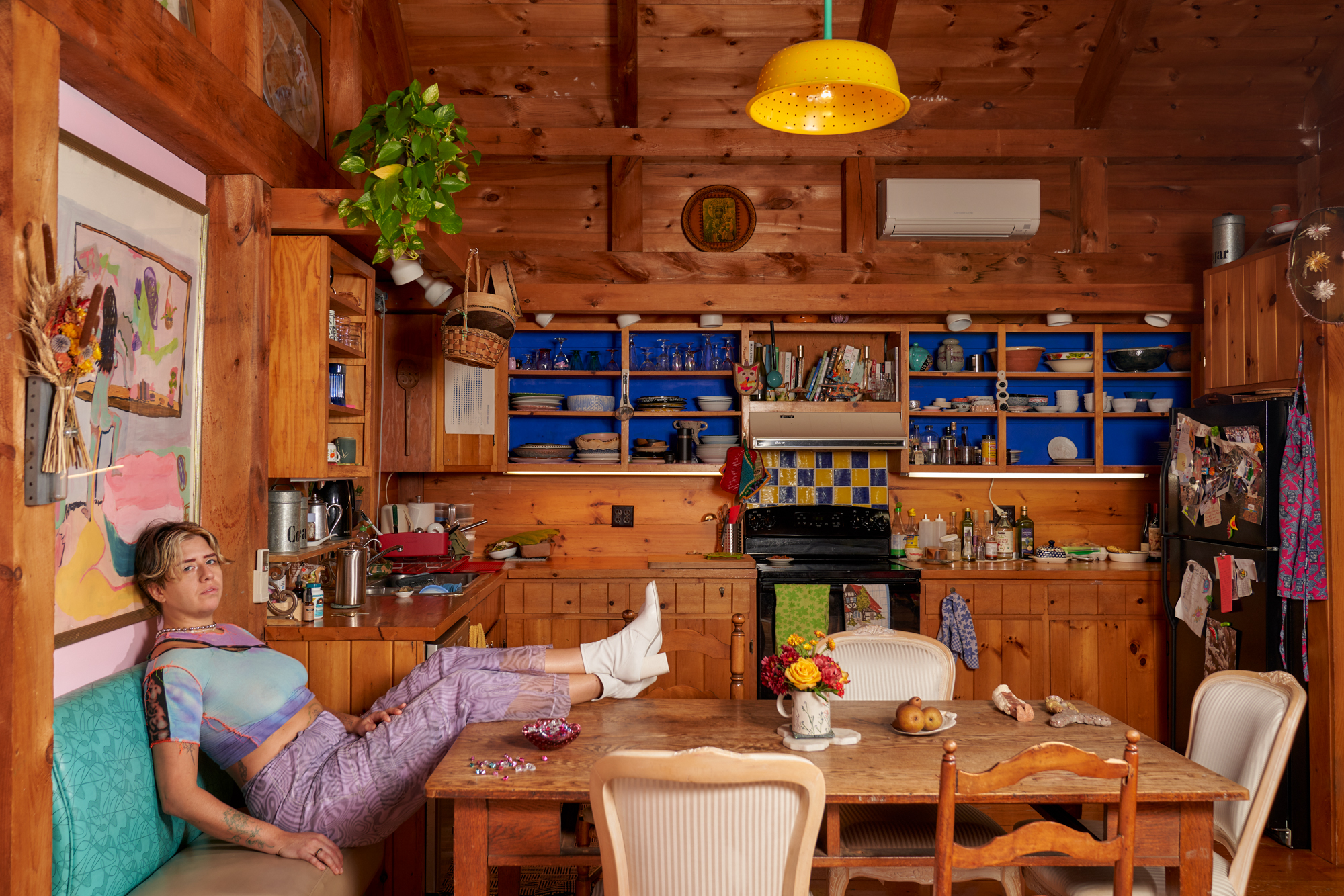
GR— It seems like colors are evoking memories, like growing up with your grandma and how the colors of her house have stayed with you. Looking at your space, especially the fridge, I see all this overlapping, which also brings to mind the layering of memories. I was wondering if you think about memory in your idea of comfort?
HKGP— That's how the concept for the restaurant started. What matters to me in making and talking about food are memories and what's evocative [to someone], whether it's from a trip, a family memory, or treasures we hold on to. You can walk through a room and smell something and it transports you. Layers of memory have always been interesting to me. I'm a big collector of stuff. I have photos that my uncle took, he died when I was one. I've looked through his archive and been really impressed. One of his paintings is up on the wall. You can get to know someone you’ve never met through memories and the things they made, or the objects they chose to be intimate with.
GR— I'm interested in what you were saying about where the restaurant stops and your home begins. The restaurant is a space that's such a community with so many people coming through, and you're hosting them. How have you designed your home to be different from the restaurant? How do you recharge and rest here?
HKGP— It's quieter here. The restaurant is intentionally overwhelming. From the moment you walk in, we want you to be inundated by sensation. I have days where I don't play any music at home. I’m somewhere between an introvert and extrovert. As an only child, I grew up having reading competitions with my cousin Cristina. I'm internal, but creating the restaurant changed parts of me. I get energy from being surrounded by people. Then I have my home, where I live alone most of the time. It's a place I can come back to and take a deep breath. It's rare that I actually nest.
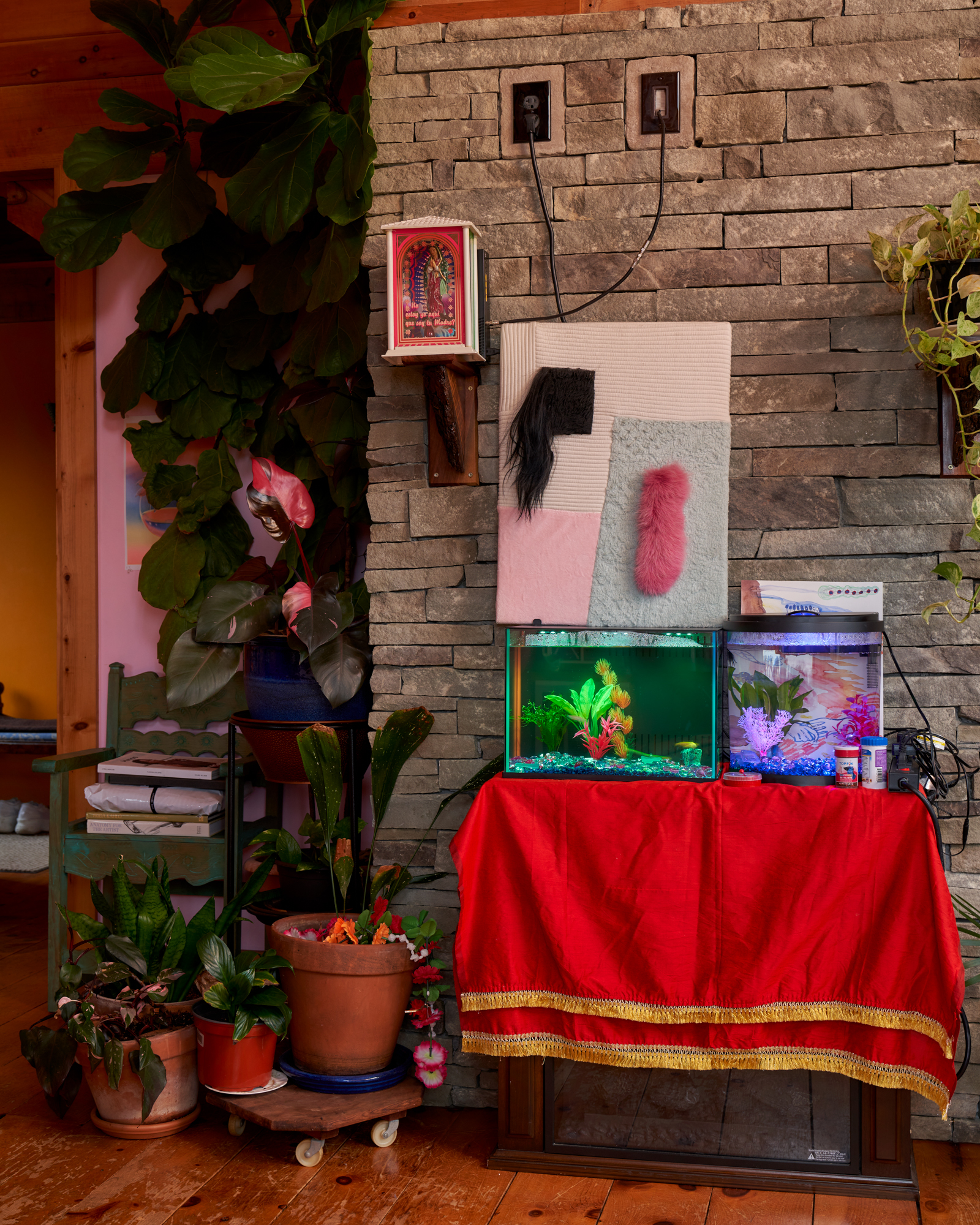
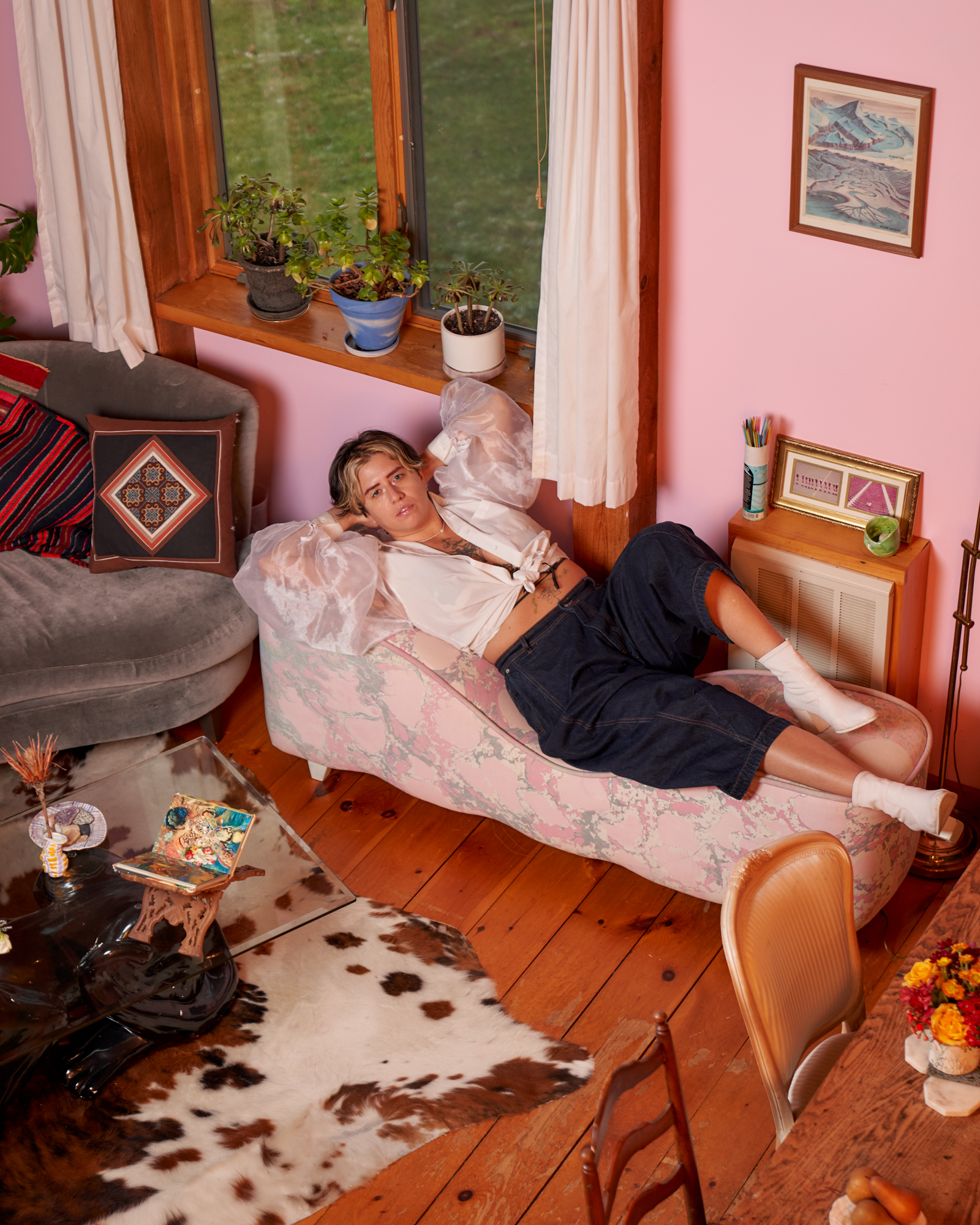
GR— Aesthetically, how does this space reflect nesting, if at all?
HKGP— I love having areas where you can lounge. Downstairs is kind of undecorated. The couch is the main element. There's fuzzy blankets and a wood burning stove. It’s important for me to be able to wear sweatpants and read when I can. There's a lot of neon in my wardrobe, but in my home decor, there's less. In the restaurant neon is an important element of lighting and objects. That felt necessary to take it away from a 'Barbie cupcake' thing. At home, I don't think it verges on 'cupcake'. I wasn't afraid of that, like how in a commercial you make decisions to arrive at a certain messaging. At home, these are the colors of my heart [laughs hard]!
Seth Caplan (he/him)— I'm thinking about what makes a queer home. How is your queerness is reflected in your living space?
HKGP— People love to ask, ‘what is queer food’? I always struggle with that, because ‘what isn't’? The way I've worked through that is to think about multiplicity, the ways that queerness allows for so much. There are so many iterations of what an aesthetic means.I think about multiplicity and overlap in decor, like you were saying about this fridge. Queerness is an uncontainable container. It's boundaryless, and there are parts of that energy here in my home and in the restaurant, and also maximalism, and abundance.
SC— Do you feel your queerness is about maximamalism and abundance?
HKGP— At the restaurant we talk a lot about our flavors being maximal. More salt, more acid, more heat. That's foundational to what the food and space are, and that's the same heartbeat of my lifestyle. I'm working on finding quieter moments, but abundance is essential to my queer identity. Scarcity is such a mindset of heteronormativity – the way we think about relationships, love, and care, or even clothing and style. Queerness leans more towards bringing it in and bringing someone into the fold.
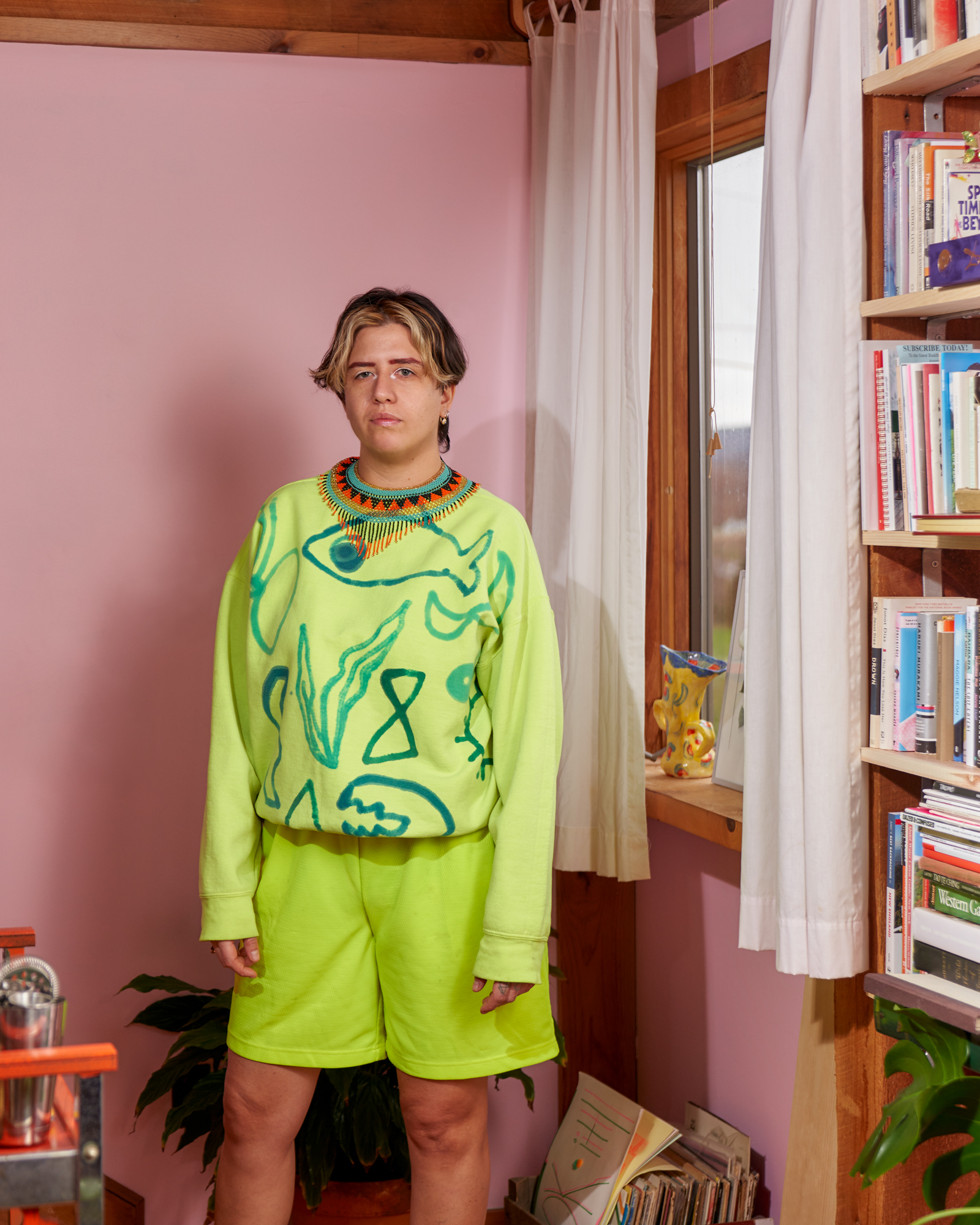
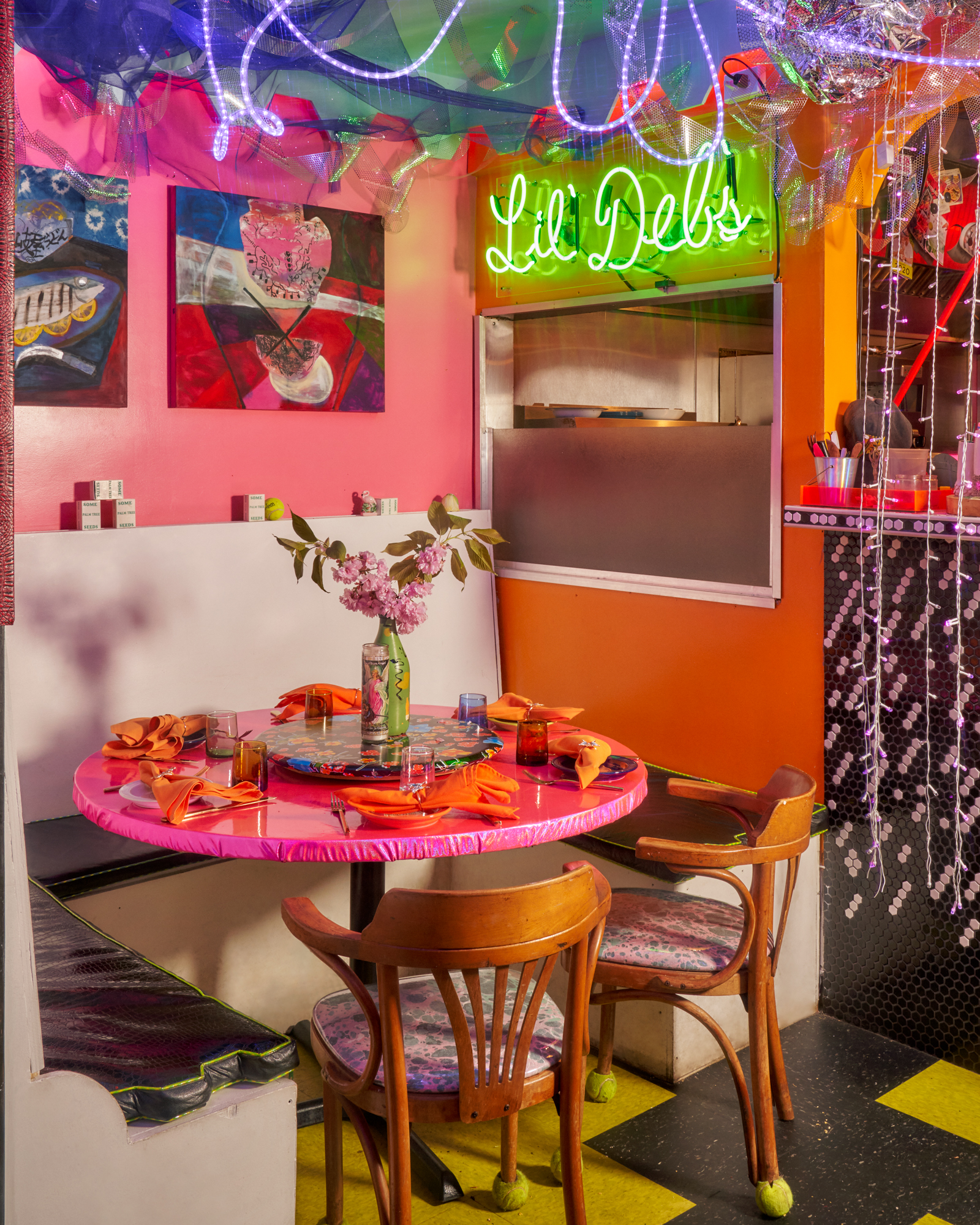
SC— How does that translate physically in your decor, and emotionally for you and others when you use your space socially?
HKGP— When [my mom and I] moved here, I had a lot of resistance to this house. It was owned by a state trooper and they were unhappy. The paint color was olive green. The art was a single stretched-canvas family portrait. I had a visceral response to the energy. It was important to say: we're putting color in here, we're adding warmth – plants, art, things that are a reflection of the abundance of my life. A lot of my work revolves around color associations with flavors and body parts, like in Ayurvedic cooking, and how that translates into your emotions – color is felt. All of these things are how I formulate the world.
SC— I feel the physical abundance of things here. When you walk in, there are so many moments. I like the idea of how the physical overlapping of items in your space connects with the overlapping at Lil Deb’s, in terms of all the layers of community, programming, and food. It's these things that mix together in the container of Lil' Deb's. That ‘open container’ of queerness you describe holds those layers in the restaurant, just as your home is a container for you to rest and imagine. You put in things from your family, travels, and friends, all these things that might seem like separate ideas, overlap together to become your home.
HKGP— That's cool. [smiles] I like that connection.
